The Giants.com crew is presented with four statements and must decide whether they are Fact or Fiction.
The best draft class in Giants history is 2005.
John Schmeelk: Fiction - I think this is the class the Giants got the most value out of, especially considering they did not have a first-round pick. They maximized second, third and fourth-round picks with future big-time contributors in Corey Webster, Justin Tuck, and Brandon Jacobs. I want my top draft class to contain a transformational player. Unfortunately, Eli Manning was not technically drafted by the Giants, but the Phillip Rivers and David Deihl combination that year is impressive. The picks after Lawrence Taylor and Phil Simms in 1981 and 1979 were not good enough. Hall of Famer Sam Huff and Jim Catcavatge as third and fourth-round picks in 1956 is also very strong. I think both of those top the 2005 draft.
Dan Salomone: Fiction – In this debate, I'm of the belief you can consider Eli Manning in the 2004 class, and the two-time Super MVP makes it the best one in franchise history. Even when you count Philip Rivers as the pick, he was still an asset that helped acquire Manning. Therefore, 2004 stands. In addition to Manning, it produced Chris Snee, who joined No. 10 in the Ring of Honor. Additionally, Gibril Wilson was a fifth-round choice in the same class. Just ask Randy Moss and Tom Brady about his impact in Super Bowl XLII.
But don't take our word for it. The fans actually voted on this very subject a few years ago in our "Giants Bracket Challenge" on Giants.com. What we discovered is that no matter what the category is, Lawrence Taylor always wins.
Beginning with a pool of 16, fans voted round by round each week and whittled the bracket down to the final four, which consisted of 1981 (L.T., Billy Ard, Byron Hunt) vs. 2003 (Osi Umenyiora, David Diehl, David Tyree) and 1984 (Carl Banks, William Roberts, Jeff Hostetler, Gary Reasons) vs. 2005 (Corey Webster, Justin Tuck, Brandon Jacobs).
The two classes from the 1980s prevailed, and in a tight championship race, 1981 edged out 1984 by 49 votes, or 53-47 percent. To get there, 1981 knocked out 2004 (72-28 percent), 1956 (81-19), and 2003 in the semifinals (67-33).
Here were the 16 classes:
GIANTS STADIUM REGION
- 1983: DB Terry Kinard, DE Leonard Marshall, TE Jamie Williams, T Karl Nelson, DB Perry Williams, LB Andy Headen, K Ali Haji-Sheikh
- 1965: RB Tucker Frederickson, RB Chuck Mercein, DB Willie Williams, RB Ernie Koy, DB Spider Lockhart
- 1987: WR Mark Ingram, WR Stephen Baker, WR Odessa Turner, T Doug Riesenberg,
- 2003: DT William Joseph, DE Osi Umenyiora, TE Visanthe Shiancoe, DB Rod Babers, T David Diehl, WR Willie Ponder, CB Frank Walker, WR David Tyree
POLO GROUNDS REGION
- 2004: QB Philip Rivers, G Chris Snee, LB Reggie Torbor, S Gibril Wilson
- 1981: LB Lawrence Taylor, G Billy Ard, LB Byron Hunt
- 1986: DE Eric Dorsey, DB Mark Collins, NT Erik Howard, LB Pepper Johnson
- 1956: LB Sam Huff, DE Jim Katcavage, K Don Chandler
METLIFE STADIUM REGION
- 1984: LB Carl Banks, G William Roberts, QB Jeff Hostetler, LB Gary Reasons, WR Lionel Manuel
- 1979: QB Phil Simms, WR Earnest Gray
- 2007: CB Aaron Ross, WR Steve Smith, NT Jay Alford, LB Zak DeOssie, TE Kevin Boss, S Michael Johnson, RB Ahmad Bradshaw
- 1993: DE Michael Strahan, LB Jessie Armstead
YANKEE STADIUM REGION
- 1989: C Brian Williams, G Bob Kratch, DB Greg Jackson, RB Dave Meggett, TE Howard Cross, DB Myron Guyton
- 1997: WR Ike Hilliard, RB Tiki Barber, LB Ryan Phillips, P Brad Maynard, SS Sam Garnes
- 2005: CB Corey Webster, DE Justin Tuck, RB Brandon Jacobs
- 1955: DT Rosey Grier, FB Mel Triplett, DB Jimmy Patton
Lance Medow: Fact – There are some strong candidates. You can go with 1984, which showcased Carl Banks, William Roberts, Jeff Hostetler, Gary Reasons, and Lionel Manuel. The 2003 class had Osi Umenyiora, David Diehl, and David Tyree, and 2007 wasn't too shabby with Aaron Ross, Steve Smith, Zak DeOssie, Kevin Boss, and Ahmad Bradshaw. You can make a case for all three of those groups, but to me, the one that tops the list is 2005. That year, the Giants had just four picks (none in the first round because of the Eli Manning trade) and wound up with Corey Webster (second round), Justin Tuck (third round) and Brandon Jacobs (fourth round) with their top three picks. All three of those players helped the team win a pair of Super Bowls in the span of five seasons and all three played at least eight seasons with the team.
From a value standpoint, the Giants hit a home run with this class because Webster, Tuck and Jacobs all became key starters, and all earned second contracts with the team. That's the goal with any draft class. You're not just renting the players for the length of their rookie deals. You want them to give you a reason to offer a new contract, and that happened with all three of these players. In a year when the Giants had no first-round picks, they still walked away with plenty of substance and depth. That's pretty impressive. The 1984 class also runs deep and contributed to two Super Bowl victories, so you can't go wrong with that group, but I'd give 2005 the slight edge because the Giants didn't make a selection until the 43rd pick and managed to retain all three of those players during the salary cap era. It's important to take into consideration the environment surrounding the class as much as the individual talent.
Matt Citak: Fact – There was some stiff competition for the honor of the Giants' best draft class. In 1984, the Giants selected Carl Banks, William Roberts, Jeff Hostetler, Gary Reasons and Lionel Manuel, all of whom played a role in the team winning either Super Bowl XXI, Super Bowl XXV or both. The Giants also landed Michael Strahan and Jessie Armstead in the 1993 draft, both of whom are part of the Giants' Ring of Honor. Nonetheless, the 2005 draft class takes the crown. A year after trading multiple picks for Eli Manning, the Giants had just four selections, none of which were in the first round, and emerged with Corey Webster, Justin Tuck and Brandon Jacobs. Any GM would sign up for that.
The Giants will have more than two rookie starters this season.
John Schmeelk: Fiction - More than two is a tough hurdle to get over, especially since there's a chance there's a premium pick used on quarterback, and that player is unlikely to start Week 1. If the Giants take a wide receiver, that player will likely start in Week 1 if healthy, but there's a chance the other picks have to get worked in over time. Eventually, more than two will be starters, just not to start the season.
Dan Salomone: Fact – Assuming the first two picks are locks to start, the nature of football could likely lead to a third. Who saw Tre Hawkins III becoming a Week 1 starter last year? Rookies can hit the ground running when given a chance. Additionally, the grind of a 17-game NFL season can create opportunities on the depth chart.
Lance Medow: Fiction – On the offensive side of the ball, the only spot where I can see a rookie carving out a significant role is wide receiver. The team brought in five new players to compete on the offensive line, Daniel Bellinger would step in if Darren Waller retires, and Devin Singletary will likely be the lead back to start the season. On the defensive side of the ball, the only position where there's a legitimate opportunity for a first-year player to step in is corner as that group is already young and Adoree' Jackson is still a free agent. The front seven is mainly set, and Dane Belton and Jalen Mills are options to replace Xavier McKinney. I can see two rookies earning starting roles, but three is a stretch.
Matt Citak: Fact – Barring a trade up in the first round for a quarterback that costs them a few of their picks, the Giants likely will have more than two rookie starters this season. A wide receiver at No. 6 would immediately become a factor in the passing game and would be a starter from Day 1. With the No. 47 pick, it depends on the position drafted, but that player will at least have the opportunity to compete for a starting spot right away. That could be two rookie starters just to start the season. Among the seven players selected in the 2023 draft class, four of them started multiple games. Chances are at least three rookies this year will do the same.
View photos of every NFL player selected with the sixth overall pick since the first draft in 1936.


OT Paris Johnson - Arizona Cardinals (2023)

OT Ikem Ekwonu - Carolina Panthers (2022)

WR Jaylen Waddle - Miami Dolphins (2021)

QB Justin Herbert - Los Angeles Chargers (2020)

QB Daniel Jones - New York Giants (2019)

G Quenton Nelson - Indianapolis Colts (2018)

S Jamal Adams - New York Jets (2017)

OT Ronnie Stanley - Baltimore Ravens (2016)

DE Leonard Williams - New York Jets (2015)

OT Jake Matthews - Atlanta Falcons (2014)

DE Barkevious Mingo - Cleveland Browns (2013)

CB Morris Claiborne - Dallas Cowboys (2012)

WR Julio Jones - Atlanta Falcons (2011)

OT Russell Okung - Seattle Seahawks (2010)

OT Andre Smith - Cincinnati Bengals (2009)

LB Vernon Gholston - New York Jets (2008)
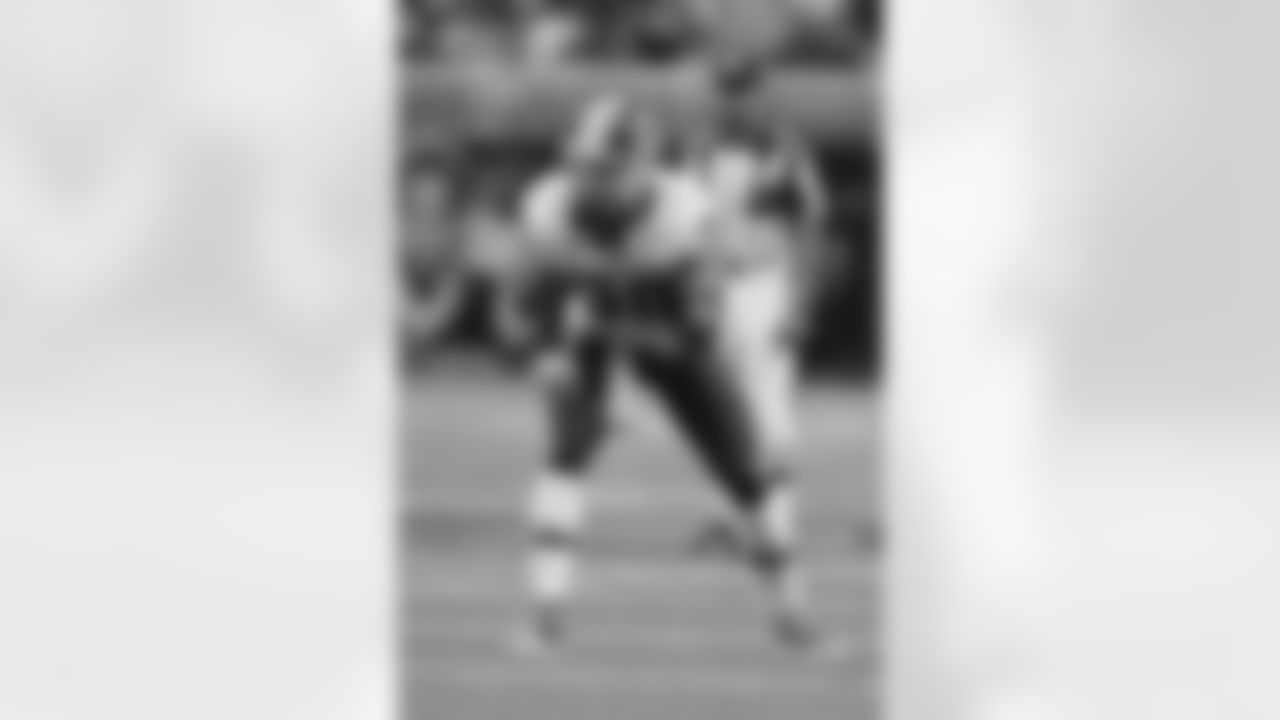
S LaRon Landry - Washington Redskins (2007)
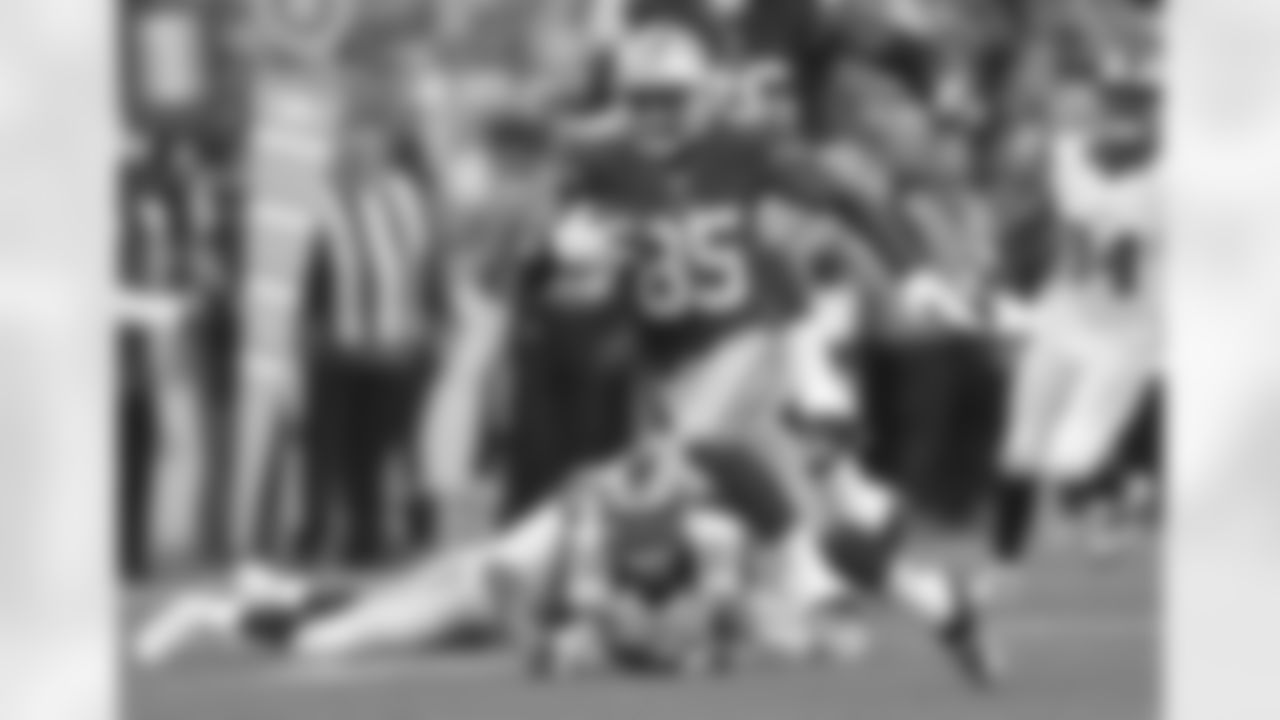
TE Vernon Davis - San Francisco 49ers (2006)

CB Adam "Pacman" Jones - Tennessee Titans (2005)
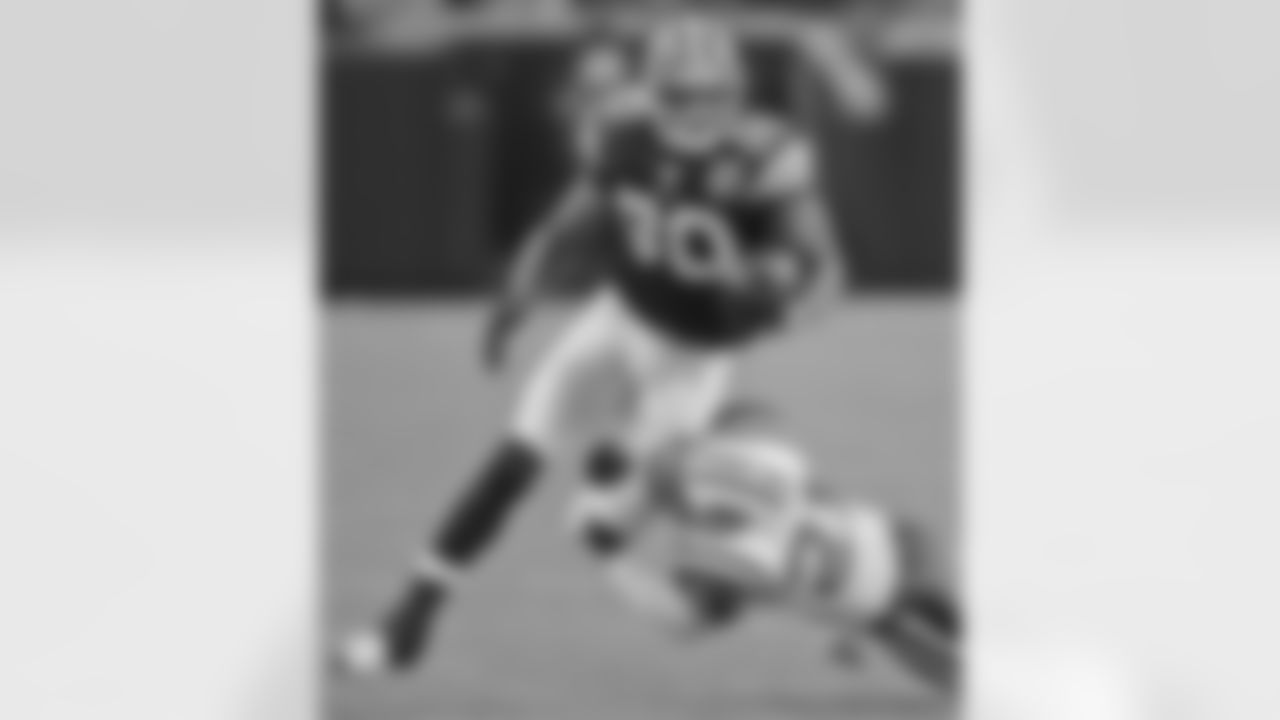
TE Kellen Winslow - Cleveland Browns (2004)

DT Johnathan Sullivan - New Orleans Saints (2003)

DT Ryan Sims - Kansas City Chiefs (2002)

DE Richard Seymour - New England Patriots (2001)

DT Corey Simon - Philadelphia Eagles (2000)

WR Torry Holt - St. Louis Rams (1999)

DE Grant Wistrom – St. Louis Rams (1998)

OT Walter Jones – Seattle Seahawks (1997)

RB Lawrence Phillips – St. Louis Rams (1996)

DE Kevin Carter – St. Louis Rams (1995)

QB Trent Dilfer – Tampa Bay Buccaneers (1994)

DE Eric Curry – Tampa Bay Buccaneers (1993)

QB David Klingler – Cincinnati Bengals (1992)

DT Eric Swann – Phoenix Cardinals (1991)

S Mark Carrier – Chicago Bears (1990)

LB Broderick Thomas – Tampa Bay Buccaneers (1989)

WR Tim Brown – Los Angeles Raiders (1988)

QB Kelly Stouffer – St. Louis Cardinals (1987)

G Jim Dombrowski – New Orleans Saints (1986)

OT Lomas Brown – Detroit Lions (1985)

DB Mossy Cade – San Diego Chargers (1984)

OT Jim Covert – Chicago Bears (1983)

DE Jeff Bryant – Seattle Seahawks (1982)

QB Rich Campbell – Green Bay Packers (1981)

DE Curtis Greer – St. Louis Cardinals (1980)
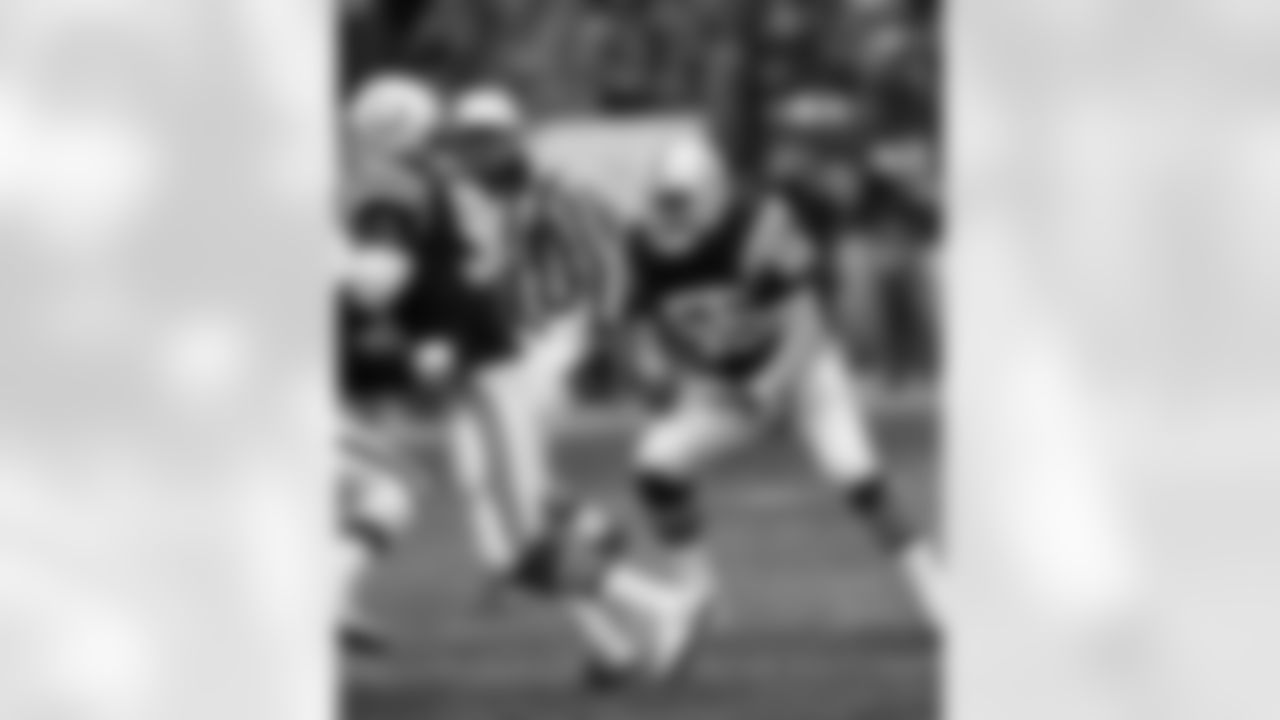
LB Barry Krauss – Baltimore Colts (1979)

WR James Lofton – Green Bay Packers (1978)

OT Warren Bryant – Atlanta Falcons (1977)

QB Richard Todd – New York Jets (1976)
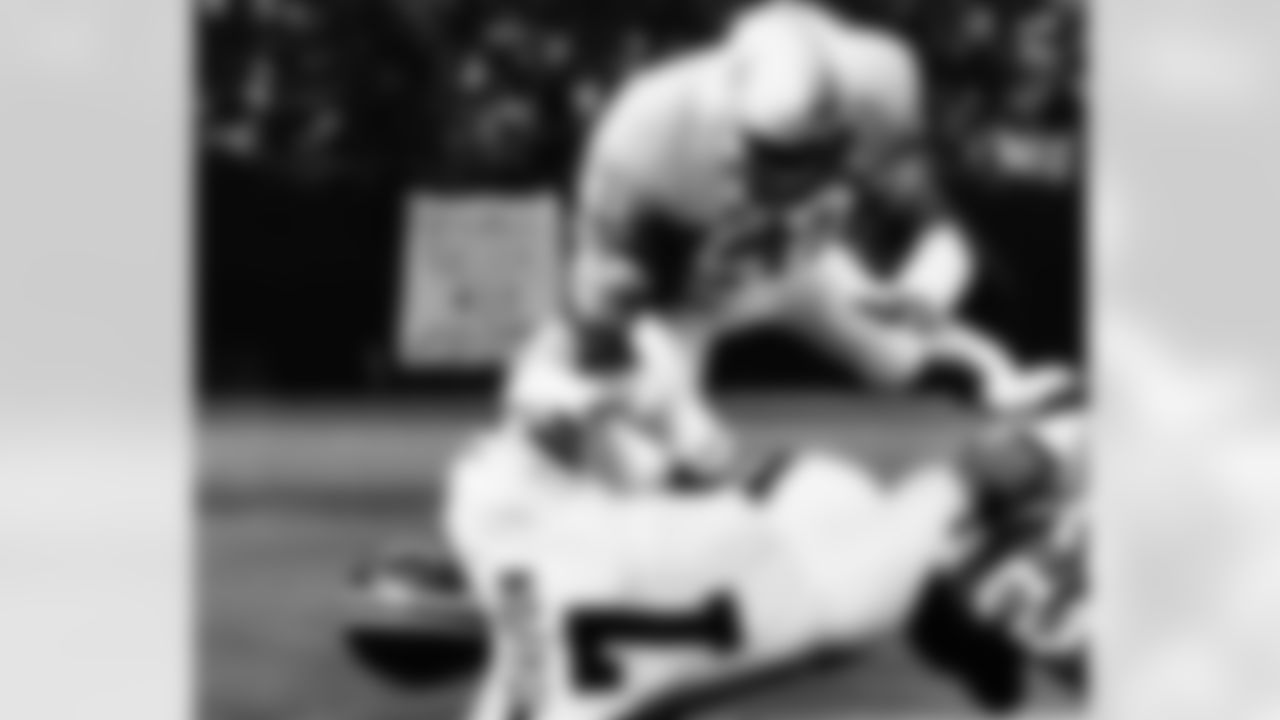
LB Robert Brazile – Houston Oilers (1975)

DT Carl Barzilauskas – New York Jets (1974)

TE Charle Young – Philadelphia Eagles (1973)

OT Greg Sampson – Houston Oilers (1972)

RB John Riggins – New York Jets (1971)

LB Steve Zabel – Philadelphia Eagles (1970)

WR Ron Sellers – Boston Patriots (1969)

DE Dennis Byrd – Boston Patriots (1968)

RB Floyd Little – Denver Broncos (1967)

K Charlie Gogolak – Washington Redskins (1966)

DT Steve DeLong – Chicago Bears/San Diego Chargers (1965)

DE Carl Eller – Minnesota Vikings (1964)

LB Lee Roy Jordan – Dallas Cowboys (1963)

T Fate Echols – St. Louis Cardinals (1962)
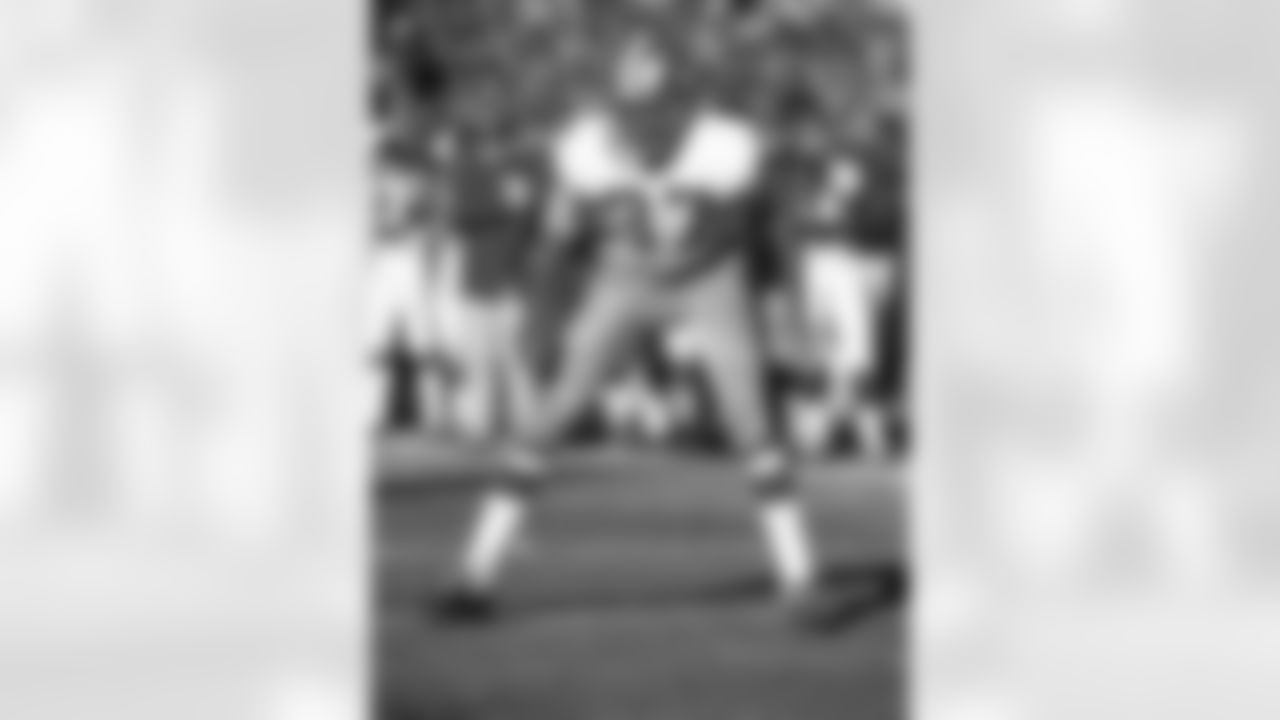
DB Jimmy Johnson – San Francisco 49ers (1961)

RB Jack Spikes – Pittsburgh Steelers (1960)

RB Nick Pietrosante – Detroit Lions (1959)

RB Walt Kowalczyk – Philadelphia Eagles (1958)

RB Jim Brown – Cleveland Browns (1957)

RB Joe Marconi – Los Angeles Rams (1956)
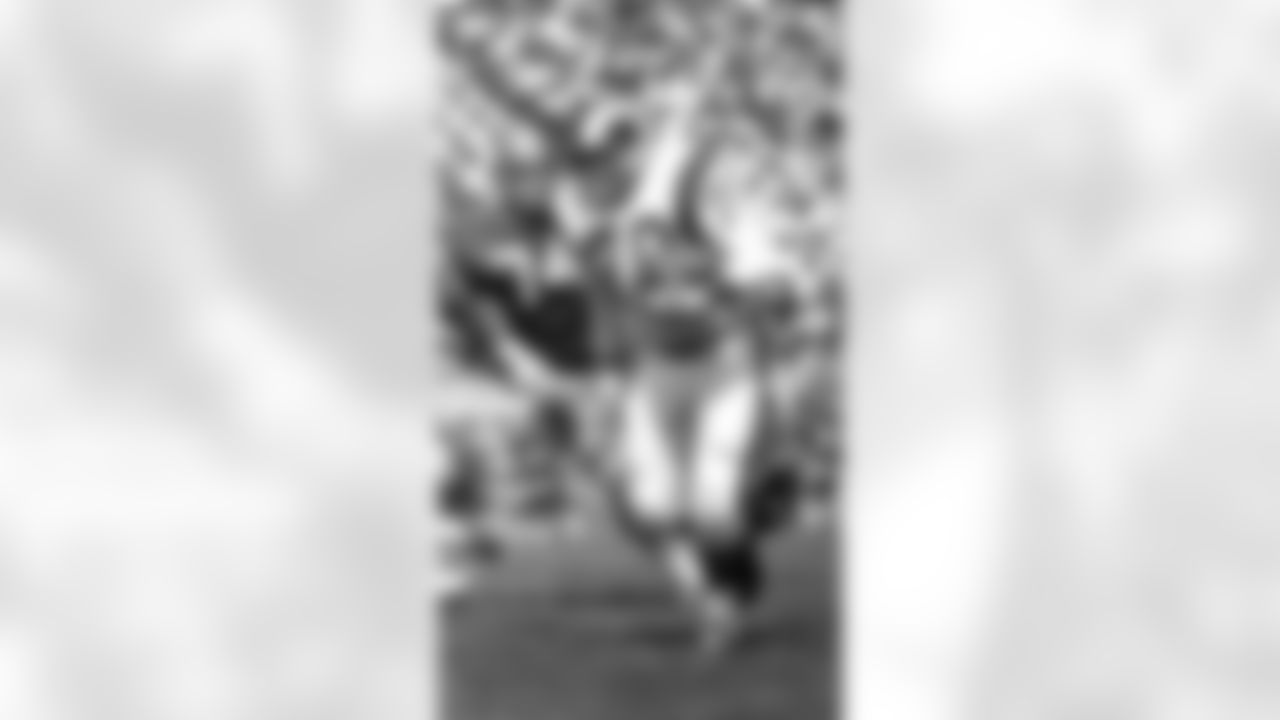
T Frank Varrichione – Pittsburgh Steelers (1955)

DB Stan Wallace – Chicago Bears (1954)

RB Billy Anderson – Chicago Bears (1953)

FB Ed Modzelewski – Pittsburgh Steelers (1952)

C Jerry Groom – Chicago Cardinals (1951)

HB/DB George Thomas – Washington Redskins (1950)

RB Bob Gage – Pittsburgh Steelers (1949)
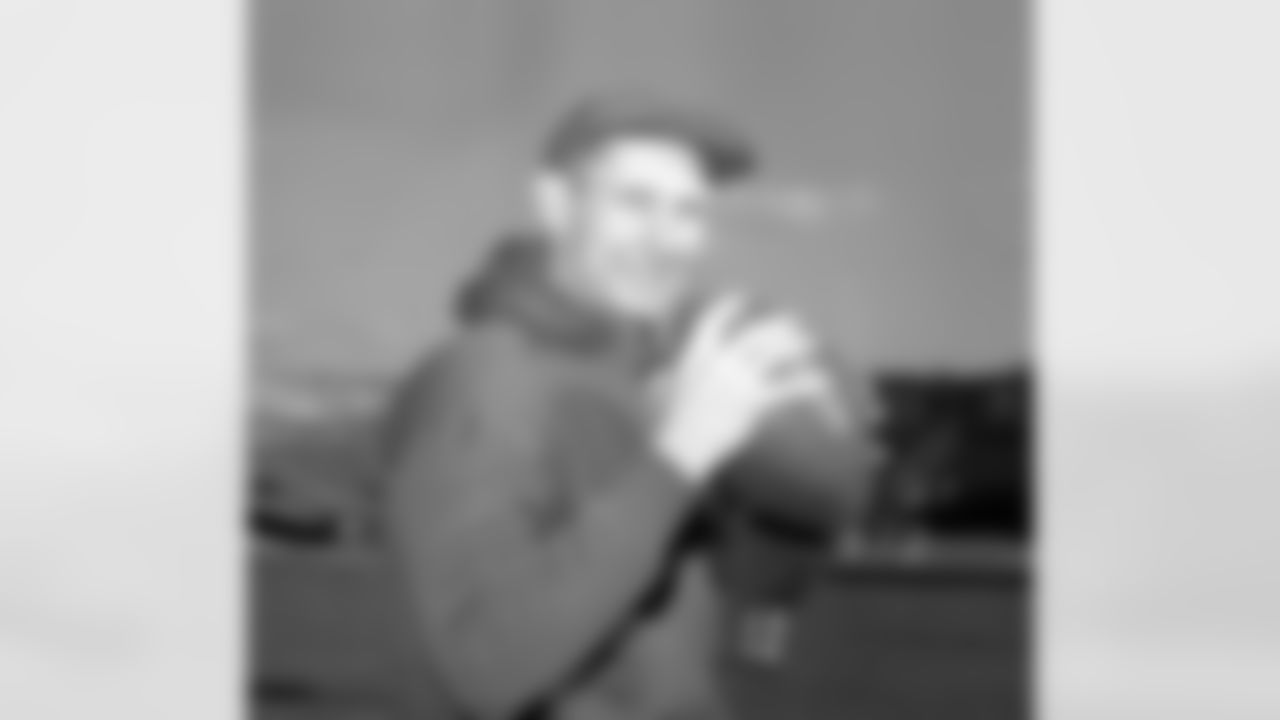
QB Y.A. Tittle – Detroit Lions (1948)

QB Ernie Case – Green Bay Packers (1947)

RB Johnny Strzykalski – Green Bay Packers (1946)

C Frank Szymanski – Detroit Lions (1945)

HB Billy Hillenbrand – New York Giants (1944)

B Steve Filipowicz – New York Giants (1943)

B Spec Sanders – Washington Redskins (1942)

B George Franck – New York Giants (1941)

QB Doyle Nave – Detroit Lions (1940)

B Bill Osmanski – Chicago Bears (1939)

C Alex Wojciechowicz – Detroit Lions (1938)

QB Sammy Baugh – Washington Redskins (1937)

T Joe Stydahar – Chicago Bears (1936)
The Giants will draft more offensive than defensive players this year.
John Schmeelk: Fact - The draft is a better offensive draft class, especially at the top. Unless the Giants trade out of the sixth spot, I am convinced they select an offensive player at 6th overall, and I think a running back could be added later in the draft. There are many needs on defense at safety, cornerback and defensive tackle, but I think with the strength of the draft being on offense, more players will be drafted there.
Dan Salomone: Fiction – This is impossible to predict because there are so many variables, but I'll go with an even split. The offense wasn't the only reason the Giants couldn't follow up a successful first season under the current regime.
Lance Medow: Fact – In a recent edition of Cover 4, we ranked the top six needs for the team in the upcoming draft. My breakdown was three on offense (game-changer, tight end, offensive line) and three on defense (pass rusher, cornerback, safety), so I can make a case for both sides of the ball carrying more volume in the draft. But when you look at the current roster, there's a bit more youth on defense than offense. As I've emphasized throughout the offseason, the Giants need to increase their scoring after averaging just under 16 points per game in 2023. From that standpoint, I give the edge to the offense.
Matt Citak: Fiction – If the Giants finish the draft with their current six selections, I actually believe they will split them evenly between the offense and defense. As of now, the Giants could use another cornerback, safety, and interior defensive lineman to at least compete for a starting spot. Assuming Darren Waller returns, then the same could be said for quarterback, wide receiver, and running back. The free agent options available at the defensive positions I listed are a lot more intriguing to me than those at the offensive positions, so a veteran signing or two before the draft could tip the scale towards the offense. But as things stand right now, I lean towards the picks being split between the offense and defense, or more picks being used on the defense, even if the first pick or two are spent on the offense.
Now that Aaron Donald has retired, Dexter Lawrence is the best interior defensive lineman in the NFL.
John Schmeelk: Fact - There are a lot of other talented defensive tackles out there like Jeffrey Simmons, Christian Wilkins, and Chris Jones, but I will give the nod to Dexter because he is able to do his damage from the nose tackle position. It is a very hard to be that good of a pass rusher in the middle of the line, but he manages it. Lawrence is also much younger than Jones, who is winding down his career.
Dan Salomone: Fiction – He's certainly getting close, but you have to give the tiebreaker (for now) to a player like Chris Jones, who has done it for a long time and has the postseason resume. It'll be interesting to see where Lawrence lands on the top 100 this year. His peers voted him 28th heading into 2023, and he did nothing but improve his reputation since then.
Lance Medow: Fiction – Dexter Lawrence is one of the best interior defensive linemen in the league, but he's not atop the list. There are other proven veterans still going strong, including Kansas City's Chris Jones, who is a disruptive force against the run and pass. Jones has recorded at least 7.5 sacks in each of the last six seasons and at least nine in five of them highlighted by three double-digit campaigns. The five-time Pro Bowler has also been extremely durable as he's suited up for at least 15 contests in six of his eight seasons. Jones is a huge reason the Chiefs made it back-to-back Super Bowl titles. He's as good a two-way defensive player that you'll find in the NFL.
Matt Citak: Fact – With Donald out of the league, Lawrence's biggest competition for the best interior defensive lineman is Kansas City's Chris Jones. The five-time All-Pro is a certified stud in the middle of the Chiefs' defensive line, and he likely has Lawrence beat as a pass rusher. But especially over the last two seasons, the Giants' back-to-back, second-team All-Pro selection has developed into a run-stuffing machine, with 73 total run stops during that span compared to Jones' 52 (according to Pro Football Focus). Lawrence has overcome Jones when it comes to the run game, which helped the Giants' team captain earn the highest overall PFF grade of any interior defensive lineman last season. With him being three years younger than Jones, I'm giving the edge to Lawrence.
View photos of defensive lineman Dexter Lawrence's career with the Giants.



NT Dexter Lawrence II (97)

NT Dexter Lawrence II (97)

New York Giants defensive tackle Dexter Lawrence II (97) during a week 7 NFL football game against the Washington Commanders, Sunday, October 22, 2023 in East Rutherford, New Jersey (Evan Pinkus / New York Giants)

NT Dexter Lawrence II (97)

New York Giants defensive tackle Dexter Lawrence II (97)

NT Dexter Lawrence II (97)

New York Giants defensive tackle Dexter Lawrence II (97) during a week 11 NFL football game against the Washington Commanders, Sunday, November 19, 2023 in Landover, Maryland. (Evan Pinkus / New York Giants)

New York Giants defensive tackle Dexter Lawrence II (97) during a week 2 NFL football game against the Arizona Cardinals, Sunday, September 17, 2023 in Glendale, Arizona (Evan Pinkus / New York Giants)

NT Dexter Lawrence II (97)

NT Dexter Lawrence II (97)

Dexter Lawrence (97)

Dexter Lawrence (97)

Dexter Lawrence (97)

Dexter Lawrence (97)

Dexter Lawrence
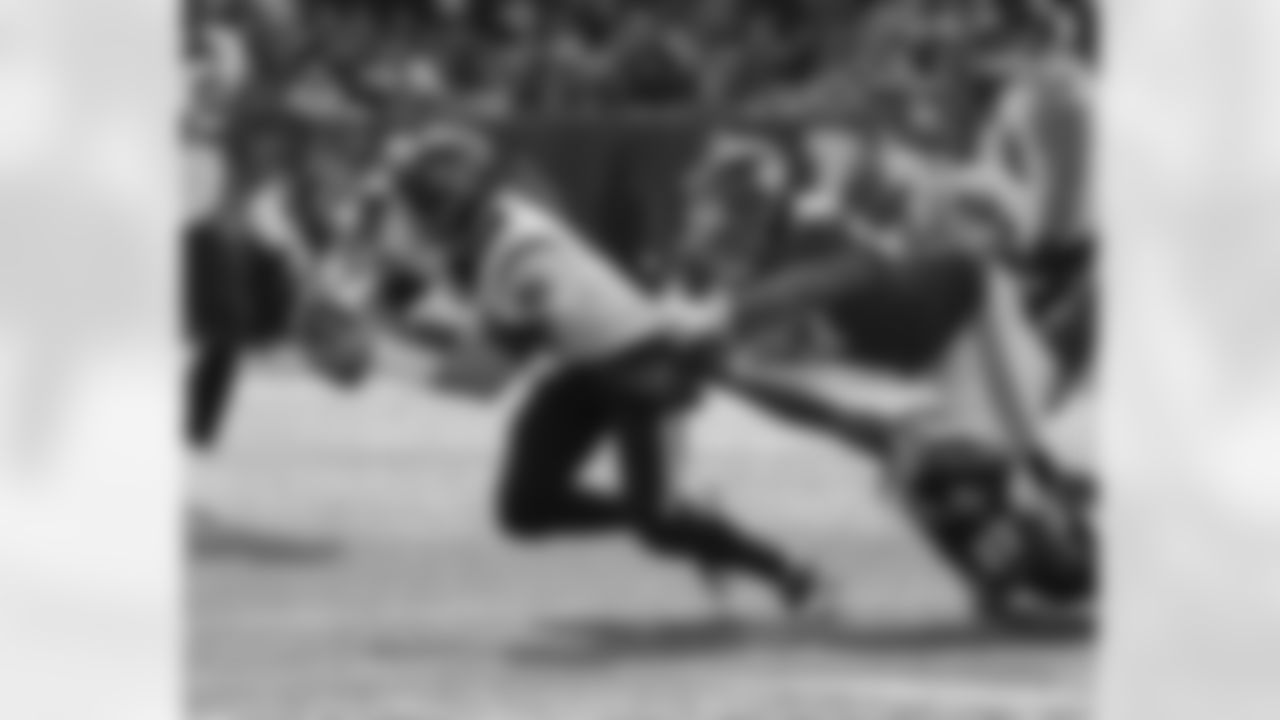
New York Giants defensive tackle Dexter Lawrence (97) during a NFL football game against the Houston Texans, Sunday November 14, 2022 in East Rutherford, NJ (Evan Pinkus\New York Giants )

The New York Giants take on the Baltimore Ravens at Metlife Stadium in East Rutherford, NJ on Sunday October 16, 2022. (Ben Solomon/New York Giants)

Dexter Lawrence (97)

Dexter Lawrence (97)
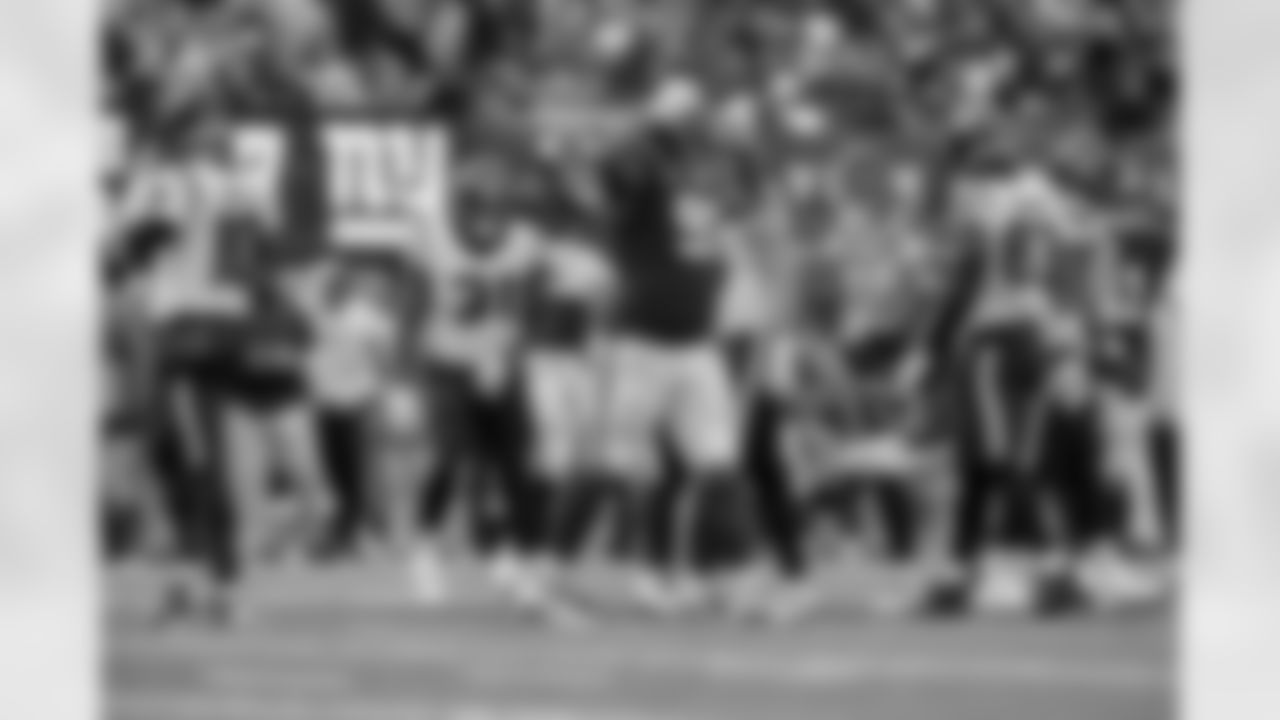
Dexter Lawrence (97)

Dexter Lawrence

Dexter Lawrence (97)

Xavier McKinney (29), Dexter Lawrence (97)

Dexter Lawrence (97)

New York Giants defensive tackle Dexter Lawrence (97) during a football game against the Chicago Bears on Sunday October 2, 2022 in East Rutherford, New Jersey (Evan Pinkus/NY Giants)

NT Dexter Lawrence II (97)

Dexter Lawrence (97)

Dexter Lawrence (97)

Henry Mondeaux (96), Dexter Lawrence (97)

Dexter Lawrence (97)

Dexter Lawrence (97)

Dexter Lawrence (97), D.J. Davidson (98)

Dexter Lawrence (97)

The New York Giants take on the Baltimore Ravens at Metlife Stadium in East Rutherford, NJ on Sunday October 16, 2022. (Ben Solomon/New York Giants)

Dexter Lawrence (97)

Dexter Lawrence (97)
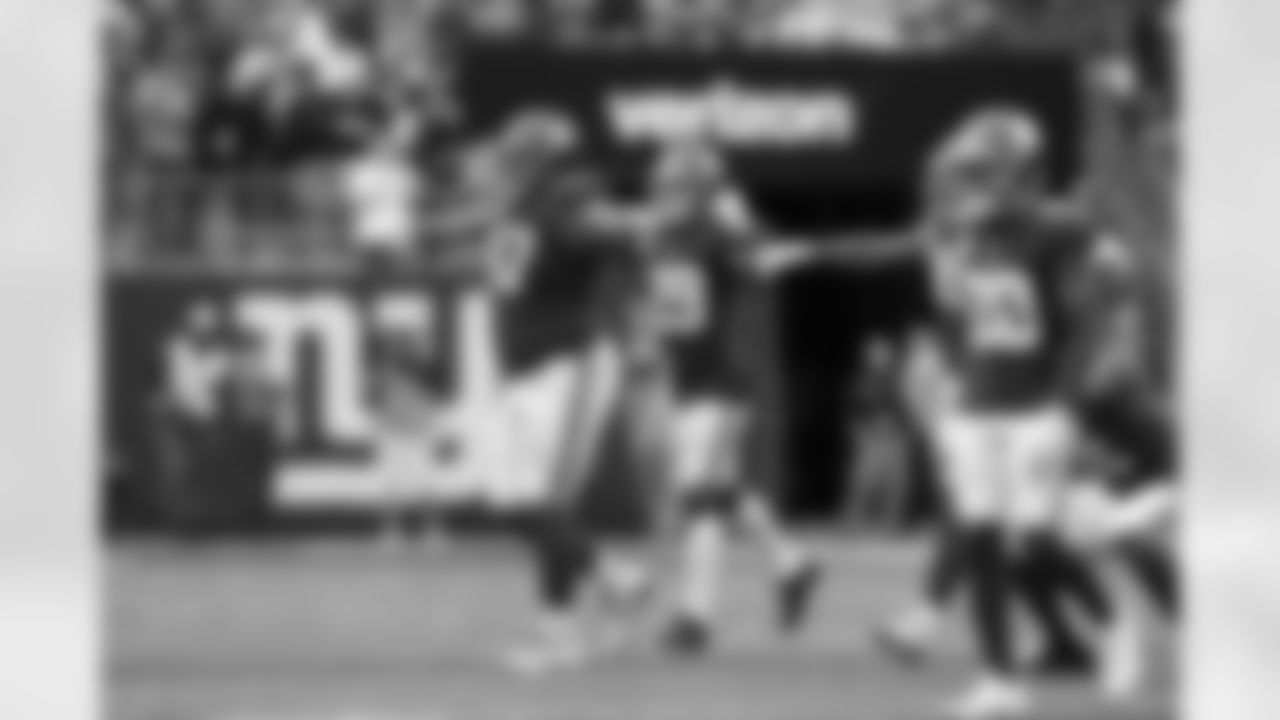
Dexter Lawrence (97)

Dexter Lawrence (97)

Dexter Lawrence

Dexter Lawrence

Dexter Lawrence (97)

Dexter Lawrence (97)

Dexter Lawrence (97)

Dexter Lawrence (97)


New York Giants defensive tackle Dexter Lawrence (97) talks to his teammates before a week 6 football game against the Los Angeles Rams on Sunday October 17th, 2021 in East Rutherford, New Jersey
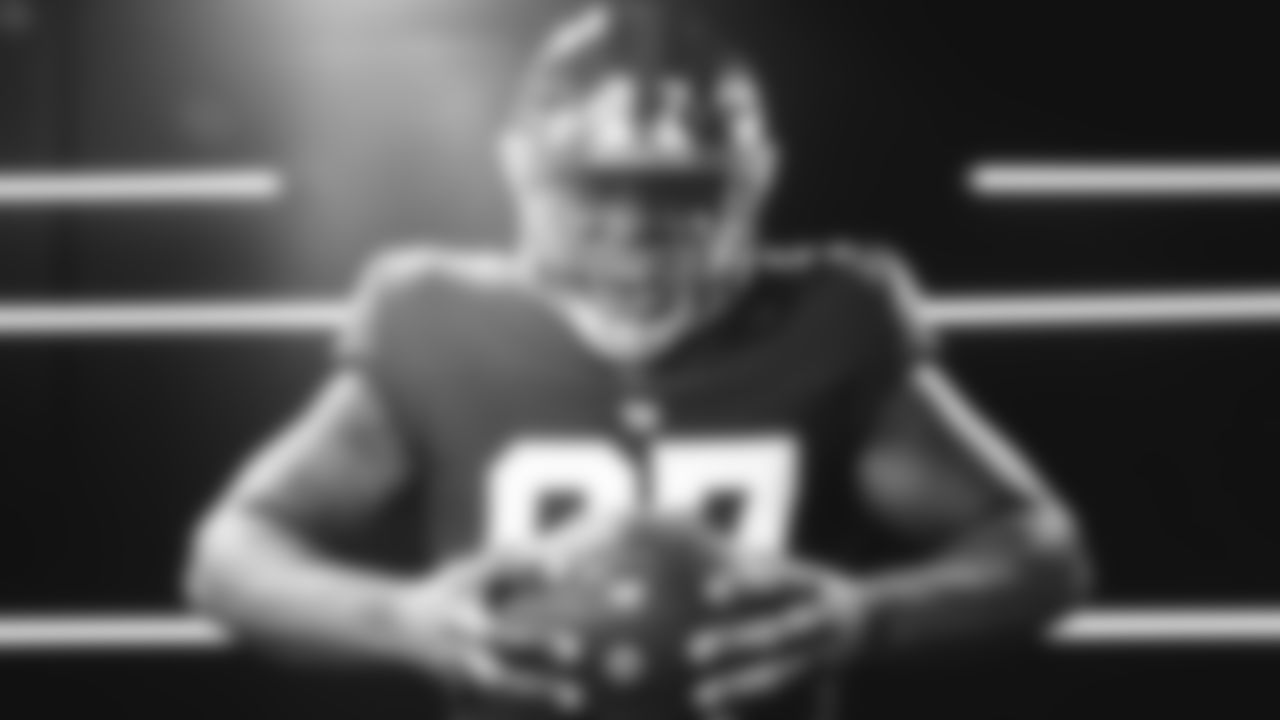
New York Giants Media Day Photography Shoot.
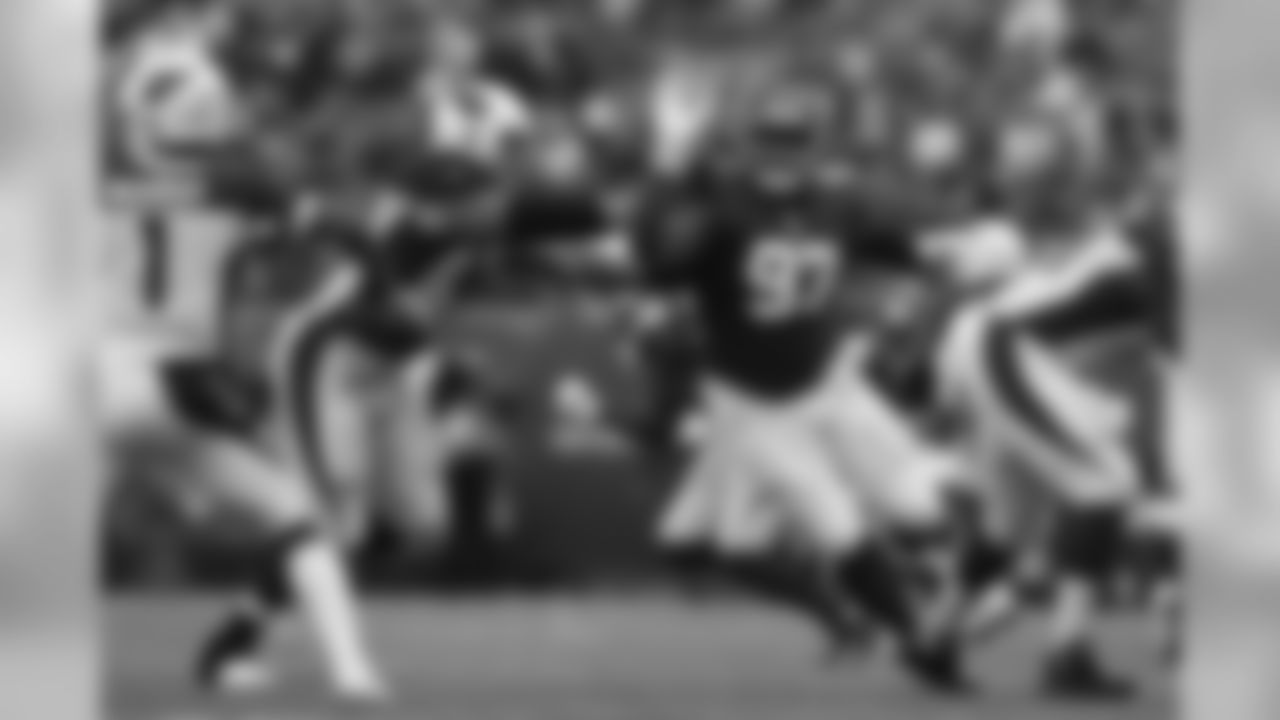
New York Giants defensive tackle Dexter Lawrence (97) runs around the edge during an NFL football game against the Arizona Cardinals, Sunday, Oct. 20, 2019, in East Rutherford, N.J. Arizona won 27-21. (Aaron M. Sprecher via AP)

New York Giants defensive tackle Dexter Lawrence signs autographs prior to an NFL football game against the Washington Redskins, Sunday, Dec. 22, 2019, in Landover, Md. (AP Photo/Alex Brandon)

New York Giants defensive tackle Dexter Lawrence (97) runs around the edge as Philadelphia Eagles center Jason Kelce (62) blocks during an NFL football game, Monday, Dec. 9, 2019, in Philadelphia. Philadelphia won 23-17 in overtime. (Aaron M. Sprecher via AP)

New York Giants defensive tackle Dexter Lawrence (97) lines up on the line of scrimmage during an NFL football game against the Philadelphia Eagles, Monday, Dec. 9, 2019, in Philadelphia. Philadelphia won 23-17 in overtime. (Aaron M. Sprecher via AP)

New York Giants defensive tackle Dexter Lawrence (97) pass rushes into the backfield during an NFL football game against the Philadelphia Eagles, Monday, Dec. 9, 2019, in Philadelphia. Philadelphia won 23-17 in overtime. (Aaron M. Sprecher via AP)

New York Giants defensive tackle Dexter Lawrence (97) pass rushes into the backfield during an NFL football game against the Philadelphia Eagles, Monday, Dec. 9, 2019, in Philadelphia. Philadelphia won 23-17 in overtime. (Aaron M. Sprecher via AP)
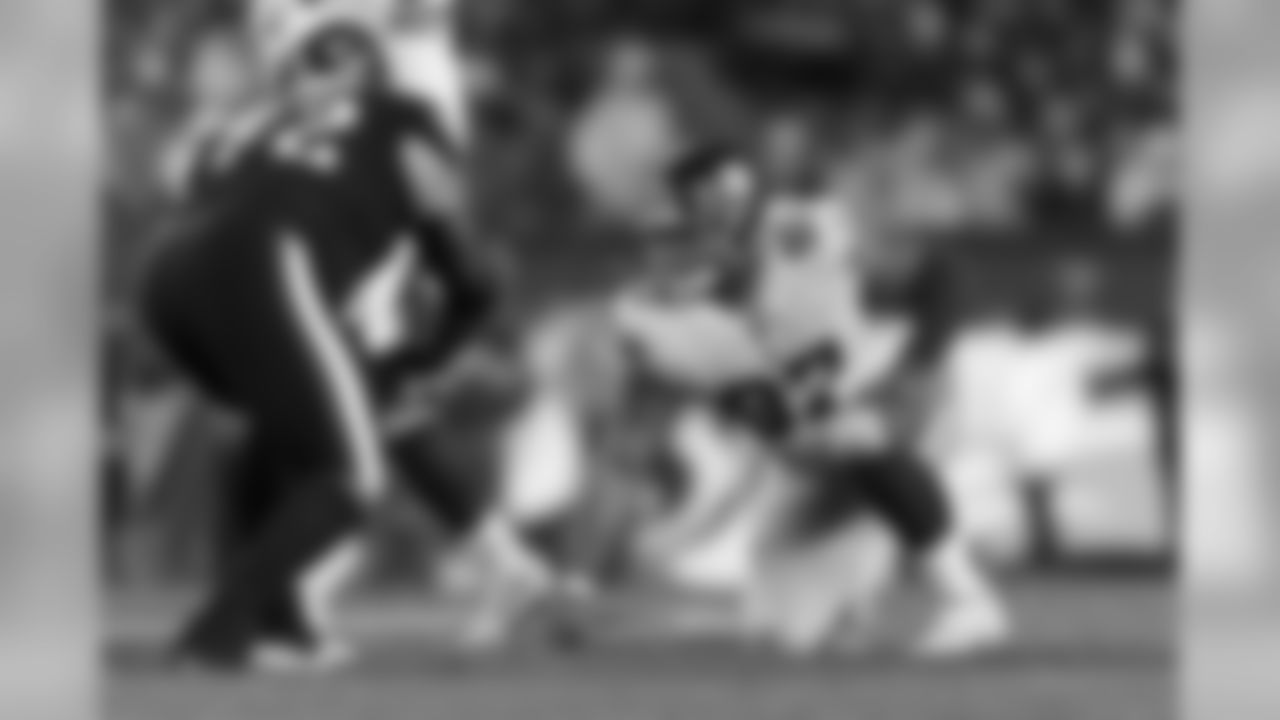
New York Giants defensive tackle Dexter Lawrence (97) gets set at the line of scrimmage during an NFL football game against the Philadelphia Eagles, Monday, Dec. 9, 2019, in Philadelphia. The Eagles defeated the Giants in overtime, 23-17. (Ryan Kang via AP)

New York Giants Media Day Photography Shoot.

New York Giants defensive tackle Dexter Lawrence (97) gets set at the line of scrimmage during an NFL football game against the Philadelphia Eagles, Monday, Dec. 9, 2019, in Philadelphia. The Eagles defeated the Giants in overtime, 23-17. (Ryan Kang via AP)

New York Giants defensive tackle Dexter Lawrence (97) during an NFL football game against the Philadelphia Eagles Sunday December 29th, 2019 in East Rutherford, New Jersey (Evan Pinkus via AP)

New York Giants first round draft pick Dexter Lawrence, selected 17th overall, talks to reporters during NFL football rookie camp, Friday, May 3, 2019, in East Rutherford, N.J. (AP Photo/Julio Cortez)

New York Giants linebacker Lorenzo Carter (59), defensive end Leonard Williams (99) and defensive tackle Dexter Lawrence (97) look on during an NFL football game against the Philadelphia Eagles, Monday, Dec. 9, 2019, in Philadelphia. The Eagles defeated the Giants in overtime, 23-17. (Ryan Kang via AP)

New York Giants defensive tackles Dexter Lawrence (97) and Dalvin Tomlinson (94) before an NFL football game against the Philadelphia Eagles Sunday December 29th, 2019 in East Rutherford, New Jersey (Evan Pinkus via AP)

New York Giants defensive tackle Dexter Lawrence (97) during an NFL football game against the Philadelphia Eagles Sunday December 29th, 2019 in East Rutherford, New Jersey (Evan Pinkus via AP)
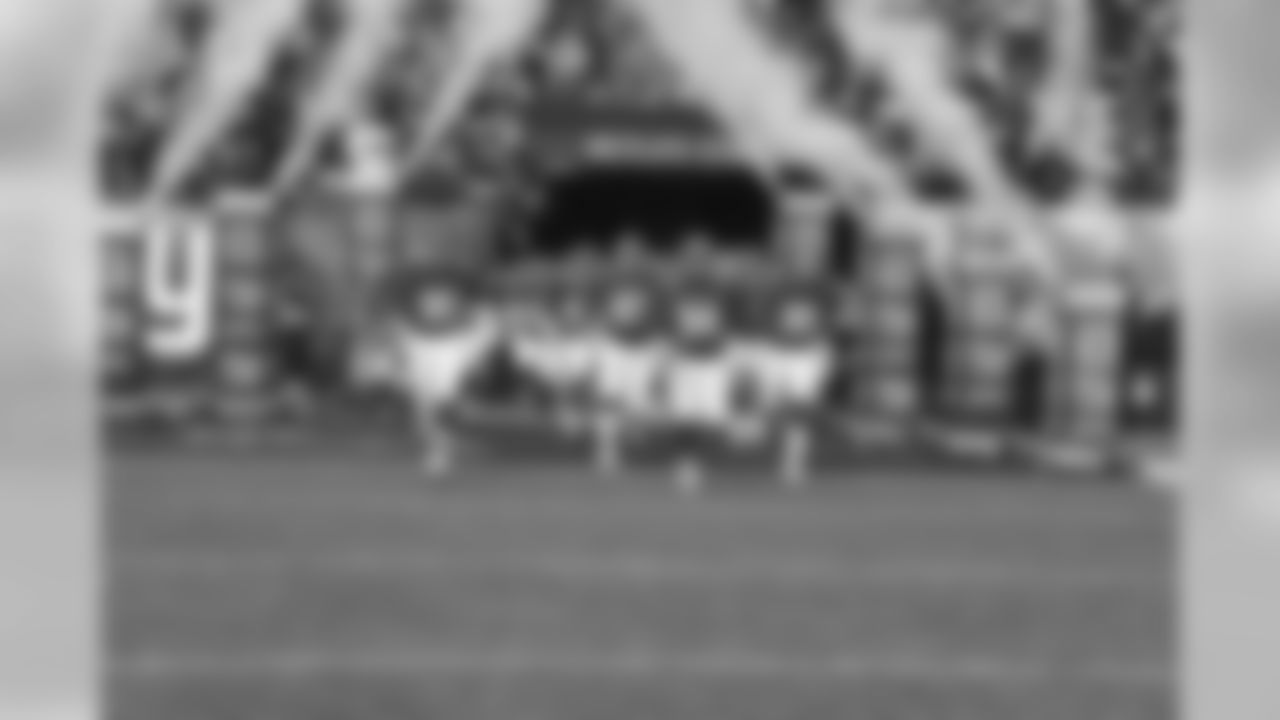
New York Giants defensive linemen B.J. Hill (95), Dexter Lawrence (97), Dalvin Tomlinson (94) and Leonard Williams (99) lead the team onto the field before an NFL football game against the Miami Dolphins Sunday December 15th, 2019 in East Rutherford, New Jersey (Evan Pinkus via AP)

New York Giants defensive tackle Dexter Lawrence (97) rushes during an NFL football game against the Philadelphia Eagles, Monday, Dec. 9, 2019, in Philadelphia. The Eagles defeated the Giants in overtime, 23-17. (Ryan Kang via AP)

New York Giants defensive tackle Dexter Lawrence (97) runs around the edge during an NFL football game against the Philadelphia Eagles, Monday, Dec. 9, 2019, in Philadelphia. Philadelphia won 23-17 in overtime. (Aaron M. Sprecher via AP)

New York Giants defensive tackle Dexter Lawrence (97) rushes during an NFL football game against the Philadelphia Eagles, Monday, Dec. 9, 2019, in Philadelphia. The Eagles defeated the Giants in overtime, 23-17. (Ryan Kang via AP)

New York Giants defensive tackle Dexter Lawrence (97) celebrates a play against the Tampa Bay Buccaneers with defensive end Dalvin Tomlinson (94) during the second half of an NFL football game Sunday, Sept. 22, 2019, in Tampa, Fla. (AP Photo/Jason Behnken)

New York Giants defensive linemen Dalvin Tomlinson (94) and Dexter Lawrence (97) look into the backfield during an NFL game against the Chicago Bears, Sunday, Nov. 24, 2019, in Chicago. The Bear defeated the Giants 19-14. (Kevin Terrell via AP)

Chicago Bears quarterback Mitch Trubisky (10) throws a pass while being pressured by New York Giants defensive lineman Dexter Lawrence (97) during an NFL game, Sunday, Nov. 24, 2019, in Chicago. The Bear defeated the Giants 19-14. (Kevin Terrell via AP)

New York Giants defensive tackle Dexter Lawrence during an NFL football game against the New England Patriots, Thursday, Oct. 10, 2019 in Foxborough, Mass. (Winslow Townson/AP Images for Panini)

New York Giants defensive tackle Dexter Lawrence (97) during an NFL football game against the Chicago Bears Sunday November 24, 2019 in Chicago (Evan Pinkus via AP)

New York Giants defensive tackle Dexter Lawrence (97) sits at his locker before an NFL football game against the Chicago Bears Sunday November 24, 2019 in Chicago (Evan Pinkus via AP)

New York Giants defensive lineman Dexter Lawrence II (97) is double teamed as he pass rushes during an NFL game against the Chicago Bears, Sunday, Nov. 24, 2019 in Chicago. The Bears defeated the Colts 19-14. (Greg Trott via AP)

New York Giants defensive lineman Dexter Lawrence II (97) waits for the snap during an NFL game against the Chicago Bears, Sunday, Nov. 24, 2019 in Chicago. The Bears defeated the Colts 19-14. (Greg Trott via AP)

Former Clemson standouts and now current NFL players (l-r) Dexter Lawrence-New York Giants and Adam Humphries-Tennessee Titans, greet the fans during the first half of an NCAA college football game against Wake Forest Saturday, Nov. 16, 2019, in Clemson, S.C. (AP Photo/Richard Shiro)
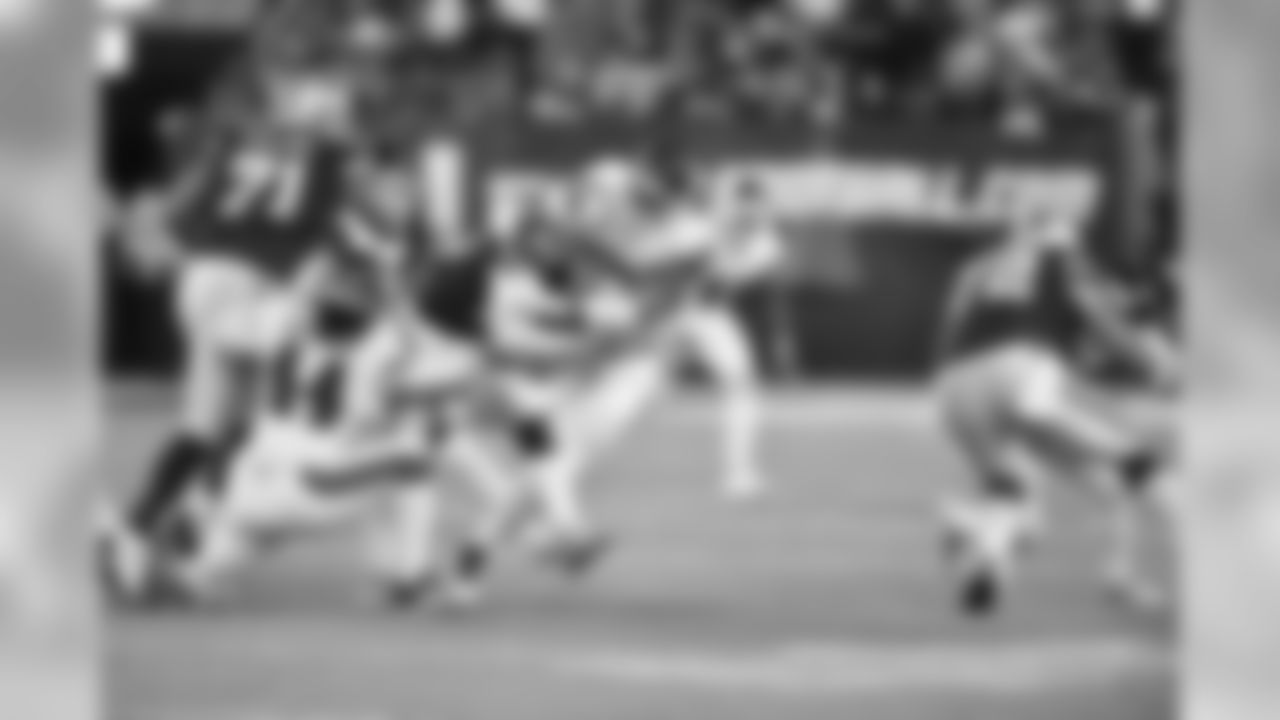
New York Giants defensive tackle Dexter Lawrence (97) wraps up Dallas Cowboys running back Ezekiel Elliott (21) during a Monday Night NFL football game Monday November 4, 2019 in East Rutherford, NJ (Evan Pinkus via AP)

Dallas Cowboys center Travis Frederick (72) blocks New York Giants defensive tackle Dexter Lawrence II (97) during an NFL football game, Monday, Nov. 4, 2019, in East Rutherford, NJ. The Cowboys defeated the Giants, 38-17. (James D. Smith via AP)

Dallas Cowboys center Travis Frederick (72) blocks New York Giants defensive tackle Dexter Lawrence (97) during an NFL football game, Monday, Nov. 4, 2019, in East Rutherford, N.J. Dallas won 37-18. (Aaron M. Sprecher via AP)

New York Giants defensive tackle Dexter Lawrence (97), defensive end Dalvin Tomlinson (94) and offensive tackle Nate Solder (76) before an NFL football game against the Detroit Lions, Sunday, Oct. 27, 2019, in Detroit. (AP Photo/Duane Burleson)

New York Giants defensive tackle Dexter Lawrence (97) during an NFL football game against the Detroit Lions, Sunday October 27, 2019 in Detroit. (Evan Pinkus via AP)

New York Giants defensive tackle Dexter Lawrence (97) attempts to block field goal during an NFL football game against the Detroit Lions, Sunday October 27, 2019 in Detroit. (Evan Pinkus via AP)

Dallas Cowboys quarterback Dak Prescott (4) looks to pass as New York Giants defensive tackle Dexter Lawrence (97) closes in during the second quarter of an NFL football game, Monday, Nov. 4, 2019, in East Rutherford, N.J. (AP Photo/Adam Hunger)

New York Giants defensive tackle Dexter Lawrence (97) during an NFL football game against the Arizona Cardinals Sunday October 20, 2019 in East Rutherford, NJ (Evan Pinkus via AP)
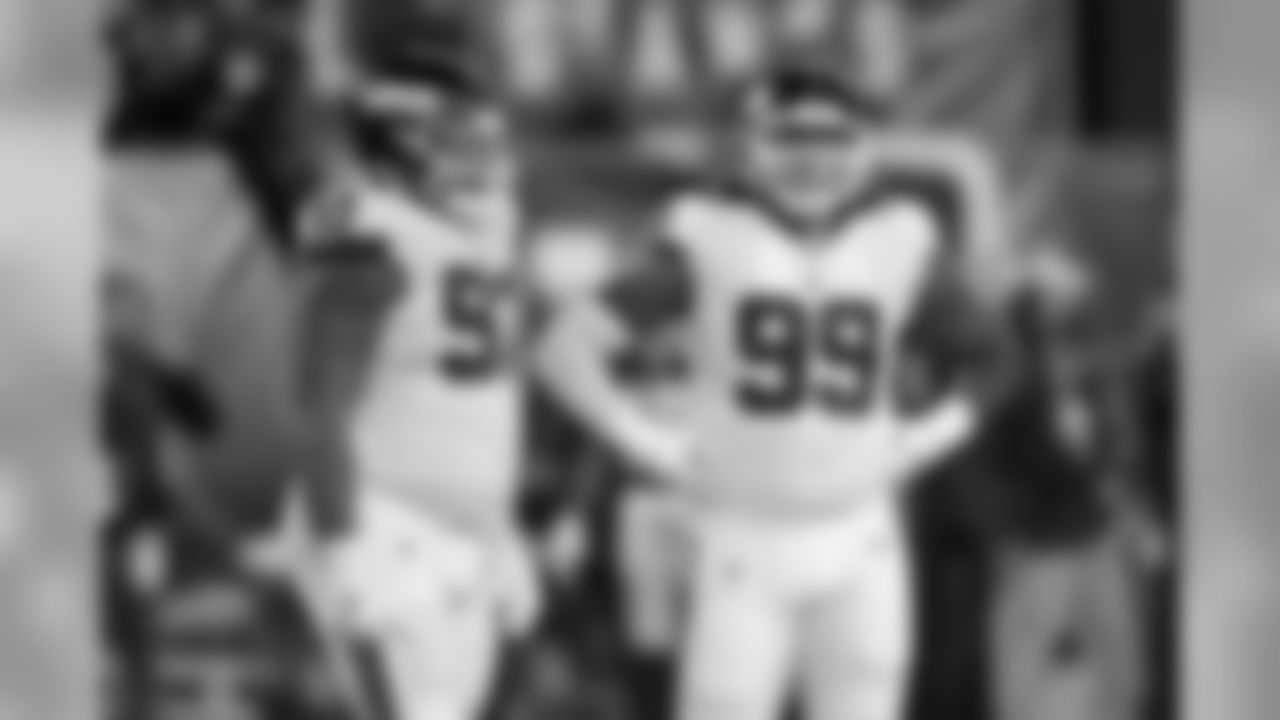
New York Giants defensive end Leonard Williams (99) and defensive tackle Dexter Lawrence (97) react after the Dallas Cowboys scored a touchdown during the second quarter of an NFL football game, Monday, Nov. 4, 2019, in East Rutherford, N.J. (AP Photo/Bill Kostroun)

New York Giants defensive tackle Dexter Lawrence (97) rushes during an NFL football game against the New England Patriots, Thursday, Oct. 10, 2019, in Foxborough, Mass. The Patriots defeated the Giants, 35-14. (Ryan Kang via AP)

New York Giants defensive tackle Dexter Lawrence (97) celebrates during an NFL football game against the Tampa Bay Buccaneers, Sunday September 22, 2019 in Tampa, Fla. ( Tom DiPace via AP)

New York Giants defensive tackle Dexter Lawrence (97) rushes during an NFL football game against the New England Patriots, Thursday, Oct. 10, 2019, in Foxborough, Mass. The Patriots defeated the Giants, 35-14. (Ryan Kang via AP)

New York Giants defensive tackle Dexter Lawrence (97) waits for the snap against the Minnesota Vikings during the third quarter of an NFL football game, Sunday, Oct. 6, 2019, in East Rutherford, N.J. (AP Photo/Adam Hunger)

New York Giants defensive tackle Dexter Lawrence (97) celebrates after a defensive play during the second half of an NFL football game against the Tampa Bay Buccaneers on Sunday, Sept. 22, 2019, in Tampa, Fla. The Giants defeated the Buccaneers 32-31. (Perry Knotts via AP)
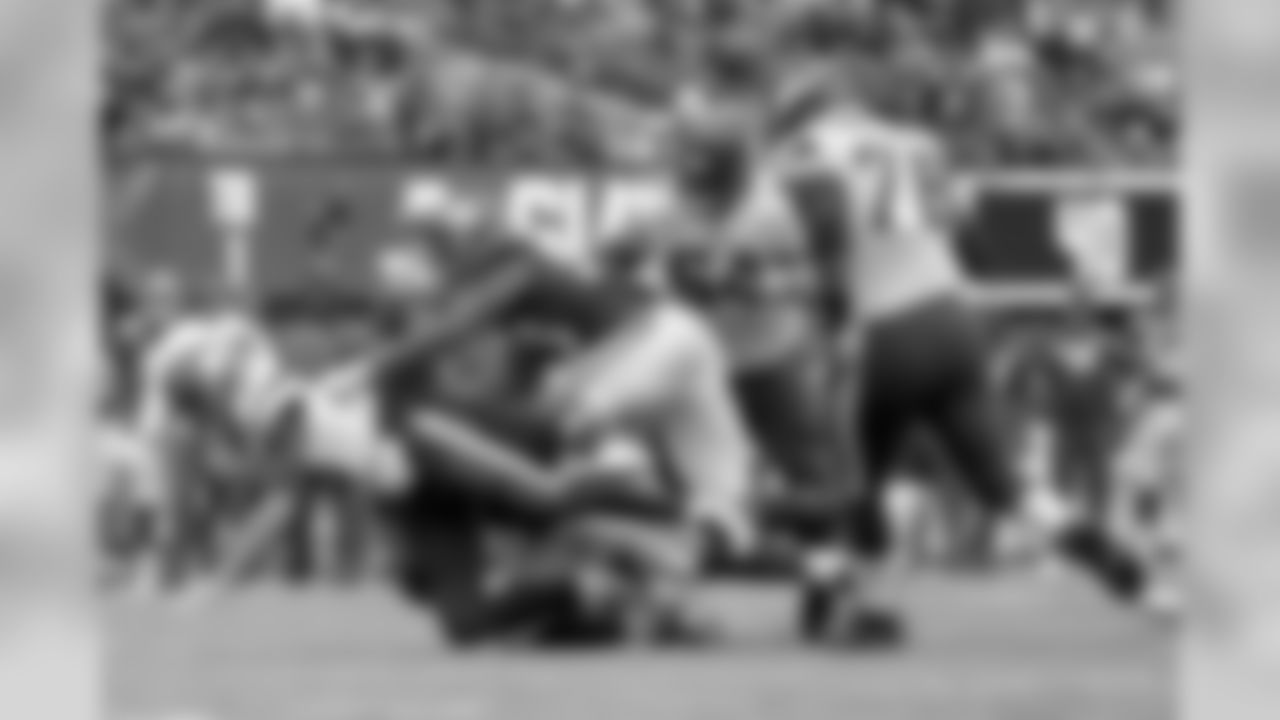
New York Giants defensive tackle Dexter Lawrence (97) and linebacker Oshane Ximines (53) sack Minnesota Vikings quarterback Kirk Cousins (8) during the second quarter of an NFL football game, Sunday, Oct. 6, 2019, in East Rutherford, N.J. (AP Photo/Adam Hunger)

New York Giants defensive tackle Dexter Lawrence (97) and linebacker Oshane Ximines (53) sack Minnesota Vikings quarterback Kirk Cousins (8) during the second quarter of an NFL football game, Sunday, Oct. 6, 2019, in East Rutherford, N.J. (AP Photo/Bill Kostroun)

New York Giants defensive tackle Dexter Lawrence (97) attempts to block the ball on a kick during an NFL football game against the Dallas Cowboys, Sunday, Sept. 8, 2019 in Arlington, Texas. Dallas won 35-17. (Peter Read Miller via AP)
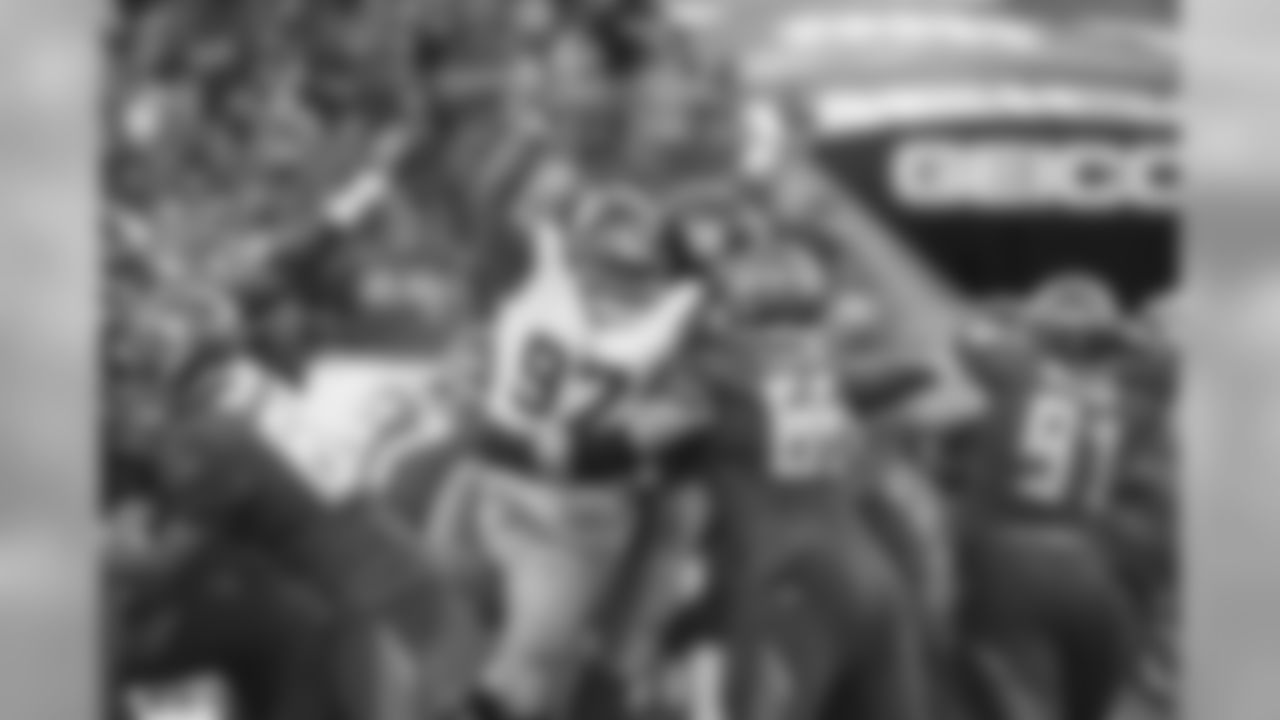
New York Giants defensive tackle Dexter Lawrence (97) during an NFL football game against the Tampa Bay Buccaneers, Sunday September 22, 2019 in Tampa, Fla. (Evan Pinkus via AP)

New York Giants defensive tackle Dexter Lawrence (97) during an NFL football game against the Washington Redskins Sunday September 29, 2019 in East Rutherford, NJ (Evan Pinkus via AP)

New York Giants defensive tackle Dexter Lawrence (97) during an NFL football game against the Buffalo Bills, Sunday September 15, 2019 in East Rutherford, NJ (Evan Pinkus via AP)

New York Giants players, including Antonio Hamilton (30), Sterling Shepard (87), Michael Thomas, and Dexter Lawrence (97) celebrate after the team defeated the Tampa Bay Buccaneers during an NFL football game Sunday, Sept. 22, 2019, in Tampa, Fla. (AP Photo/Jason Behnken)

New York Giants defensive tackle Olsen Pierre (72) and defensive tackle Dexter Lawrence (97) take down Tampa Bay Buccaneers running back Peyton Barber (25) during the second half of an NFL football game Sunday, Sept. 22, 2019, in Tampa, Fla. (AP Photo/Mark LoMoglio)

New York Giants defensive tackle Dexter Lawrence (97) rushes against Buffalo Bills offensive guard Quinton Spain (67) during an NFL football game, Sunday, Sept. 15, 2019, in East Rutherford, N.J. The Bills defeated the Giants, 28-14. (Ryan Kang via AP)

New York Giants Media Day Photography Shoot.

Dallas Cowboys running back Tony Pollard (20) is tackled during an NFL football game by New York Giants defensive lineman Dexter Lawrence II (97) and his teammates, Sunday Sept. 8, 2019 in Arlington, Texas. The Cowboys defeated the Giants 35-17. (Greg Trott via AP)

New York Giants Media Day Photography Shoot.

New York Giants outside linebacker Alec Ogletree (47) and defensive tackle Dexter Lawrence (97) rush during an NFL football game against the Buffalo Bills, Sunday, Sept. 15, 2019, in East Rutherford, N.J. The Bills defeated the Giants, 28-14. (Ryan Kang via AP)

New York Giants defensive tackle Dexter Lawrence (97) hypes up the crowd during an NFL football game against the Buffalo Bills, Sunday, Sept. 15, 2019, in East Rutherford, N.J. The Bills defeated the Giants, 28-14. (Ryan Kang via AP)

New York Giants defensive tackle Dexter Lawrence (97) shakes hands with New York Giants quarterback Eli Manning (10) during NFL training camp on Thursday July 25, 2019 in East Rutherford, NJ. (Evan Pinkus via AP)

New York Giants defensive tackle Dexter Lawrence (97) before an NFL football preseason game against the New England Patriots, Thursday, August 28, 2019 in Foxborough, Mass. (Evan Pinkus via AP)

New York Giants defensive lineman Dexter Lawrence II (97) rushes during an NFL game against the Chicago Bears, Friday, Aug. 16, 2019, East Rutherford, NJ. The Giants defeated the Bears 32-13. (Al Tielemans via AP)

New York Giants Media Day Photography Shoot.
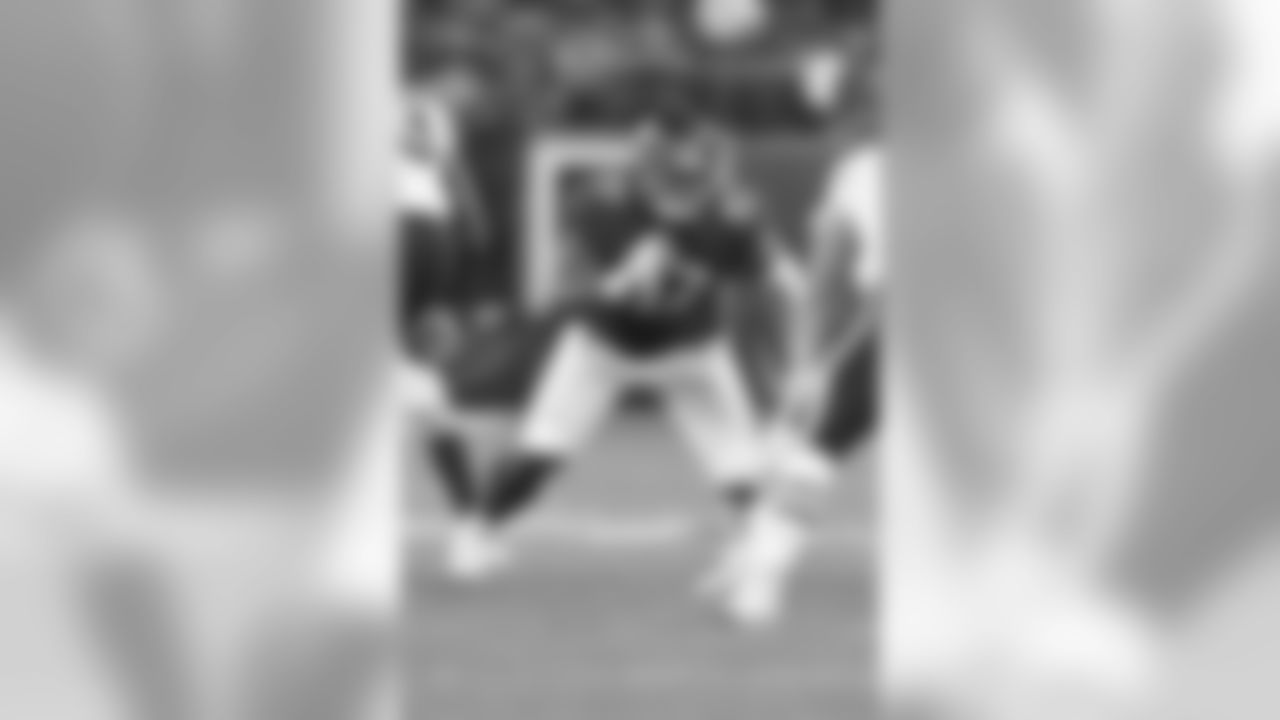
New York Giants defensive tackle Dexter Lawrence (97) during a preseason week 2 game against the Chicago Bears on Thursday, August 16, 2019 in East Rutherford, NJ. (Evan Pinkus via AP)

New York Giants defensive tackles B.J. Hill, Dexter Lawrence (97) and Dalvin Tomlinson (94) before an NFL football preseason game against the Cincinnati Bengals, Thursday, August 22, 2019 in Cincinnati. (Evan Pinkus via AP)

New York Giants defensive tackle Dexter Lawrence (97) during NFL training camp on Thursday July 25, 2019 in East Rutherford, NJ. (Evan Pinkus via AP)

New York Giants first round draft pick Dexter Lawrence talks to the media on the first day of rookie mini camp on Friday May 3, 2019 in East Rutherford, NJ. (Evan Pinkus via AP)

New York Giants defensive lineman Dexter Lawrence (97) on the first day of rookie mini camp on Friday May 3, 2019 in East Rutherford, NJ. (Evan Pinkus via AP)

Dexter Lawrence, the New York Giants No. 17 overall draft pick, talks to reporters during NFL football rookie camp, Friday, May 3, 2019, in East Rutherford, N.J. (AP Photo/Julio Cortez)

New York Giants defensive lineman Dexter Lawrence (97) practices during rookie mini camp on Saturday May 4, 2019 in East Rutherford, NJ. (Evan Pinkus via AP)

New York Giants Media Day Photography Shoot.

New York Giants DL Dexter Lawrence (97) during a week 15 game against the Miami Dolphins at MetLife Stadium in East Rutherford, NJ
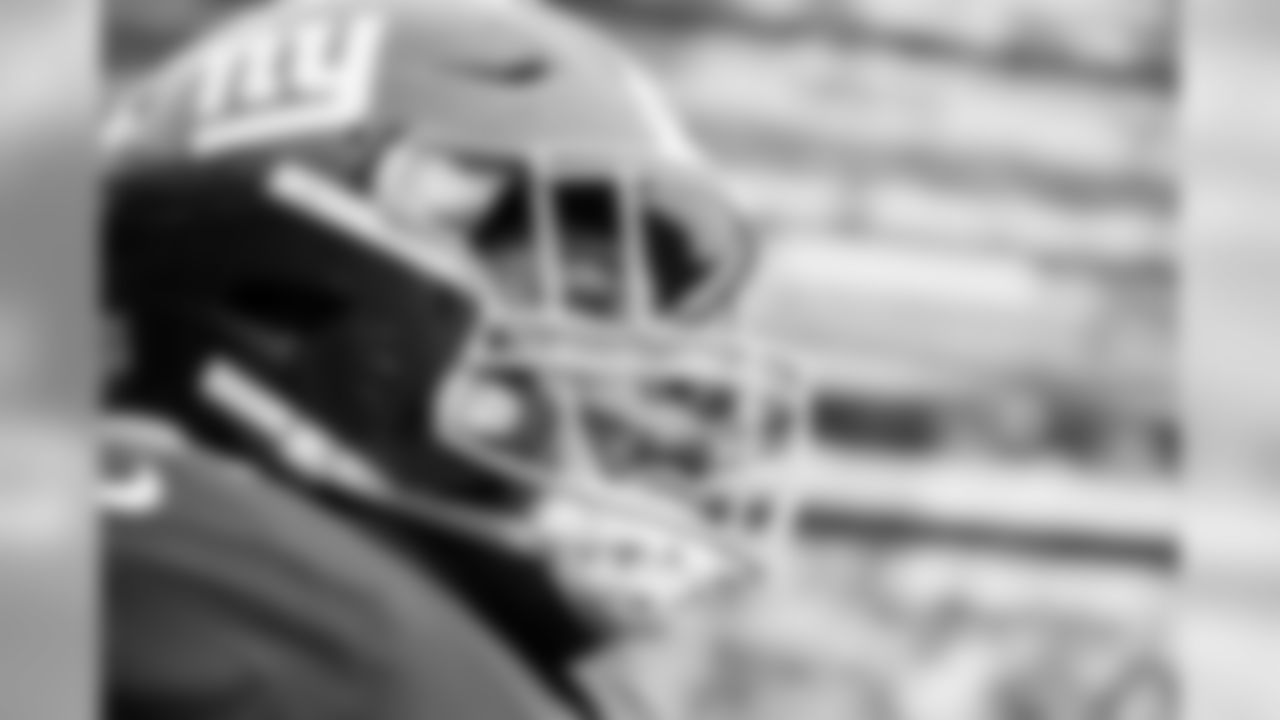
New York Giants DL Dexter Lawrence (97) during a week 13 game against the Green Bay Packers at MetLife Stadium in East Rutherford, NJ

Rookie Halloween visit to Hackensack University Medical Center
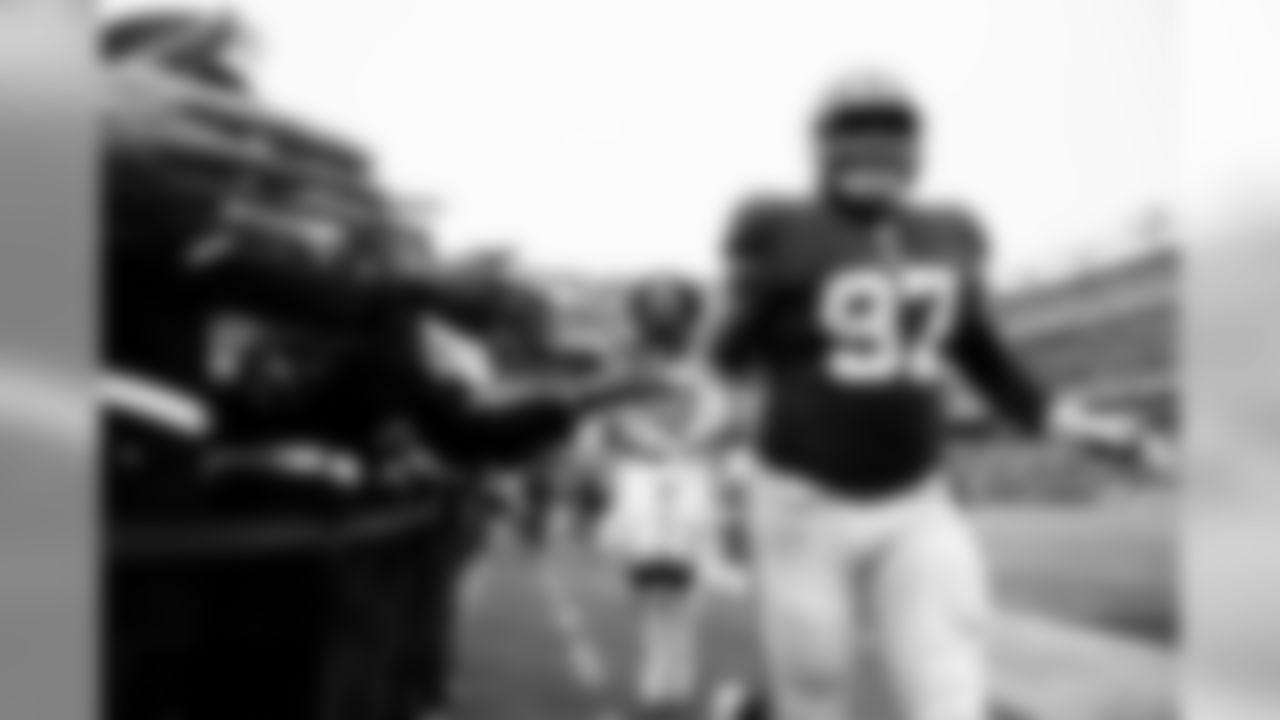
Service members at MetLife Stadium in East Rutherford, NJ

21 Bridges Premiere at Lincoln Center.

Rookie Halloween visit to Hackensack University Medical Center

New York Giants DL Dexter Lawrence (97) during a week 7 game against the Arizona Cardinals at MetLife Stadium in East Rutherford, NJ

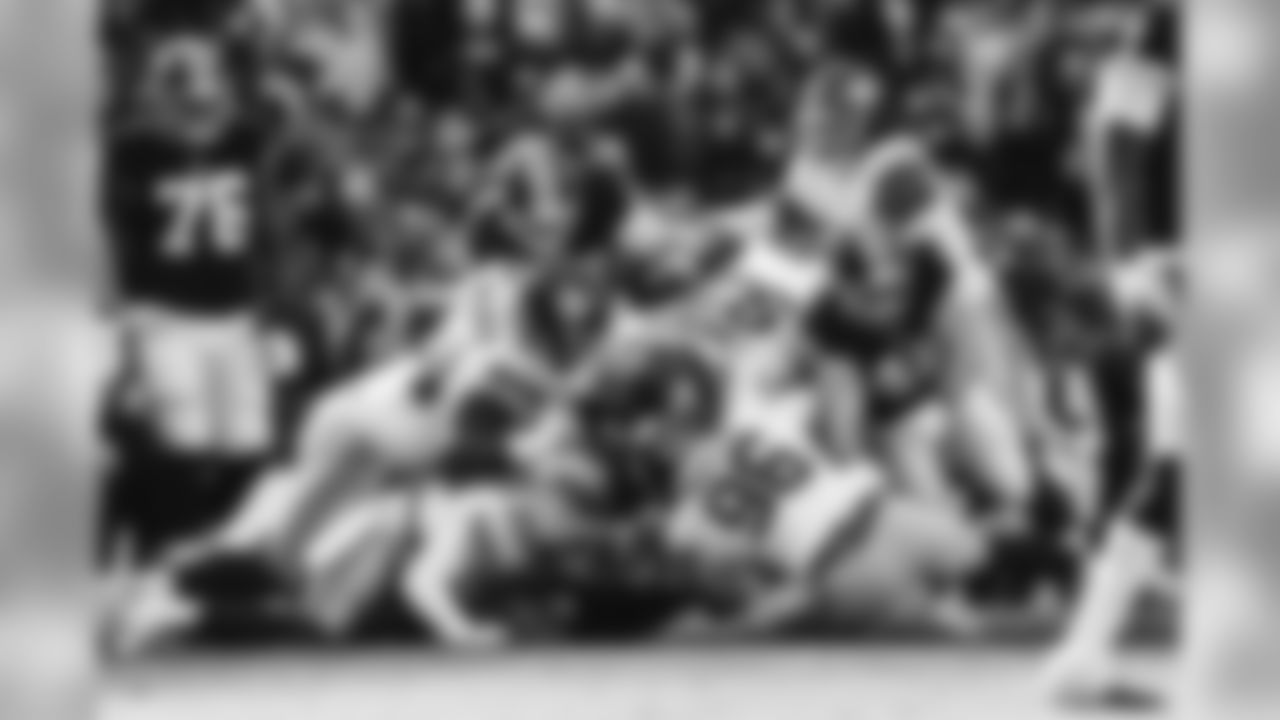



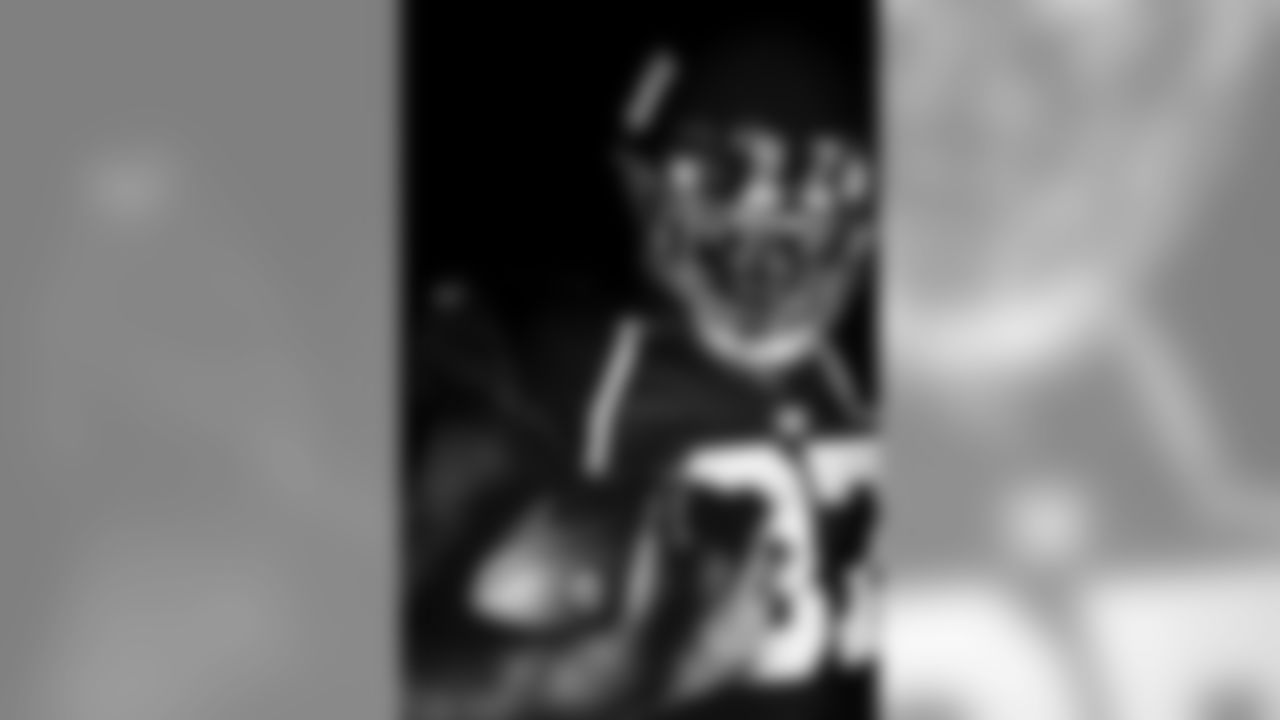
New York Giants Media Day Photography Shoot.


New York Giants Media Day Photography Shoot.

New York Giants defensive tackle Dexter Lawrence (97) takes part in a week 4 regular season game against the Minnesota Vikings at MetLife Stadium on Sunday October 6th, 2019 in East Rutherford, New Jersey

New York Giants Media Day Photography Shoot.

New York Giants defensive tackle Dexter Lawrence (97) during a week 17 regular season game against the Philadelphia Eagles at MetLife Stadium on Sunday December 29th, 2019 in East Rutherford, New Jersey
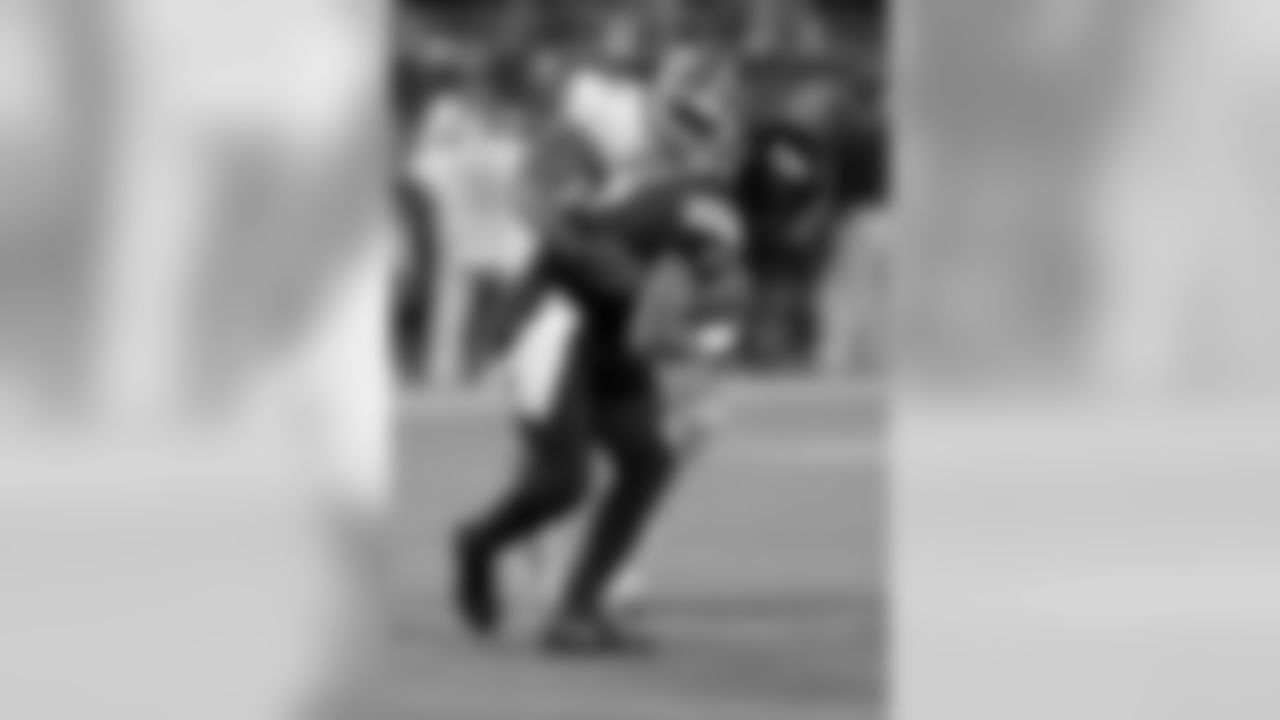
Clemson defensive tackle Dexter Lawrence (90) sacks Virginia Tech quarterback Jerod Evans (4), during the second half of the Atlantic Coast Conference championship NCAA college football game, Saturday, Dec. 3, 2016, in Orlando, Fla. (AP Photo/Chris O'Meara)

Clemson's Dexter Lawrence, right, and Christian Wilkins runs drills during NFL Pro Day Thursday, March 14, 2019, in Clemson, S.C. (AP Photo/Richard Shiro)

Clemson's Dexter Lawrence runs drills during NFL Pro Day Thursday, March 14, 2019, in Clemson, S.C. (AP Photo/Richard Shiro)

Portraits of Clemson defensive lineman Dexter Lawrence during the NFL Scouting Combine, Saturday, March 2, 2019, in Indianapolis. (Todd Rosenberg via AP)

Portraits of Clemson defensive lineman Dexter Lawrence during the NFL Scouting Combine, Saturday, March 2, 2019, in Indianapolis. (Todd Rosenberg via AP)

Portraits of Clemson defensive lineman Dexter Lawrence during the NFL Scouting Combine, Saturday, March 2, 2019, in Indianapolis. (Todd Rosenberg via AP)

Clemson's Dexter Lawrence runs drills during NFL Pro Day, Thursday, March 14, 2019, in Clemson, S.C. (AP Photo/Richard Shiro)

Portraits of Clemson defensive lineman Dexter Lawrence during the NFL Scouting Combine, Saturday, March 2, 2019, in Indianapolis. (Todd Rosenberg via AP)

Portraits of Clemson defensive lineman Dexter Lawrence during the NFL Scouting Combine, Saturday, March 2, 2019, in Indianapolis. (Todd Rosenberg via AP)

Clemson defensive lineman Dexter Lawrence does the bench press drill at the NFL football scouting combine in Indianapolis, Thursday, Feb. 28, 2019. (AP Photo/AJ Mast)

Clemson's Dexter Lawrence (90) celebrates his sack of Miami's Malik Rosier (12) during the second half of the Atlantic Coast Conference championship NCAA college football game in Charlotte, N.C., Saturday, Dec. 2, 2017. (AP Photo/Bob Leverone)

Clemson defensive tackle Dexter Lawrence (90) warms up before the first half of an NCAA college football game between Georgia Tech and Clemson, Saturday, Sept. 22, 2018, in Atlanta. (AP Photo/Jon Barash)

Clemson defensive lineman Dexter Lawrence runs the 40-yard dash at the NFL football scouting combine in Indianapolis, Sunday, March 3, 2019. (AP Photo/Michael Conroy)

Clemson head coach Dabo Swinney greets defensive tackle Dexter Lawrence (90) during team practice at AT&T Stadium in Arlington, Texas, Monday, Dec. 24, 2018. Clemson is scheduled to play Notre Dame in the NCAA Cotton Bowl semi-final playoff Saturday. (AP Photo/Jim Cowsert)

Clemson defensive tackle Dexter Lawrence, left, sacks Auburn quarterback Jeremy Johnson during the first half of an NCAA college football game, Saturday, Sept. 3, 2016, in Auburn, Ala. (AP Photo/Brynn Anderson)

Clemson's Dexter Lawrence brings down Georgia Southern quarterback Shai Werts during the first half of an NCAA college football game Saturday, Sept. 15, 2018, in Clemson, S.C. Clemson won 38-7. (AP Photo/Richard Shiro)

Clemson defenders Clelin Ferrell (99) Christian Wilkins (42) Kendell Joseph (34) and Dexter Lawrence (90) run off of the field during the first half of an NCAA college football game against Furman Saturday, Sept. 1, 2018, in Clemson, S.C. Clemson won 48-7. (AP Photo/Richard Shiro)

Clemson's Dexter Lawrence (90) rushes as North Carolina State's Tony Adams (50) defends during the second half of an NCAA college football game in Raleigh, N.C., Saturday, Nov. 4, 2017. Clemson won 38-31. (AP Photo/Gerry Broome)

Clemson defensive tackle Dexter Lawrence (90) pressures Syracuse quarterback Eric Dungey (2) during the first half of an NCAA college football game, Friday, Oct. 13, 2017, in Syracuse, N.Y. Syracuse upset Clemson 27-24. (AP Photo/Adrian Kraus)
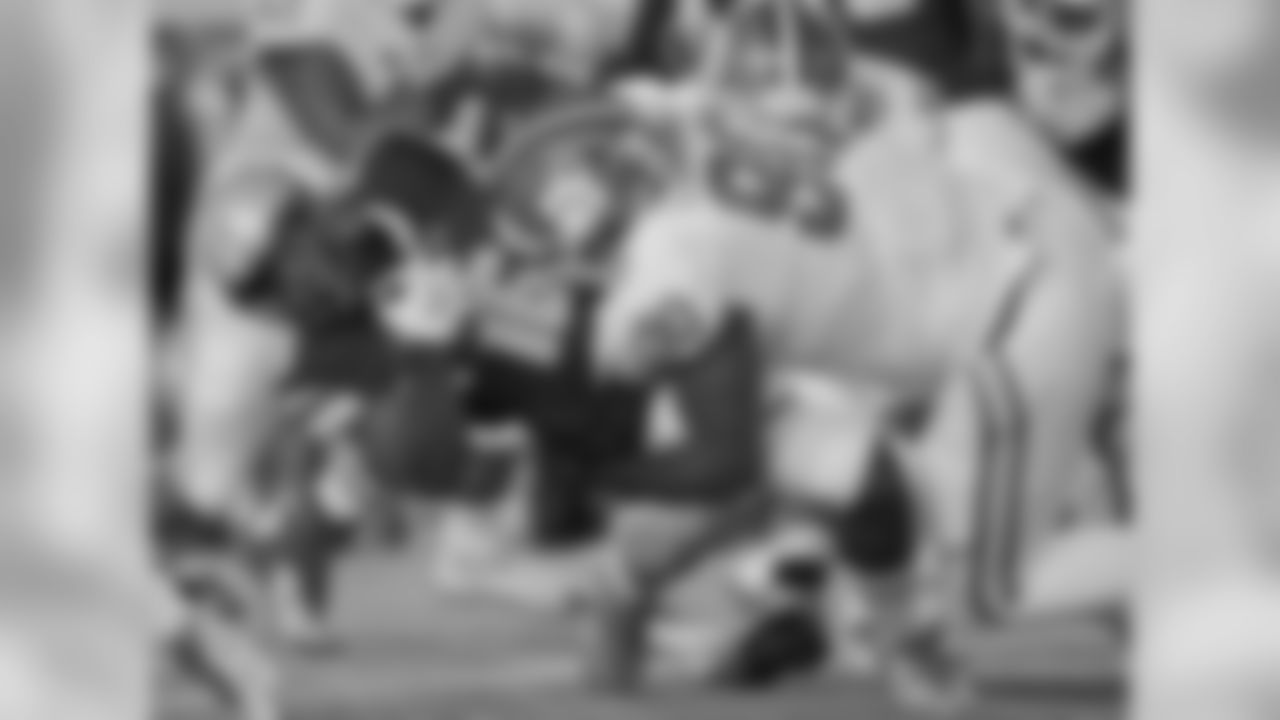
Boston College running back Davon Jones (16) is brought down by Clemson defensive tackle Dexter Lawrence (90) during the first half of an NCAA football game Friday, Oct. 7, 2016, in Boston. (AP Photo/Elise Amendola)
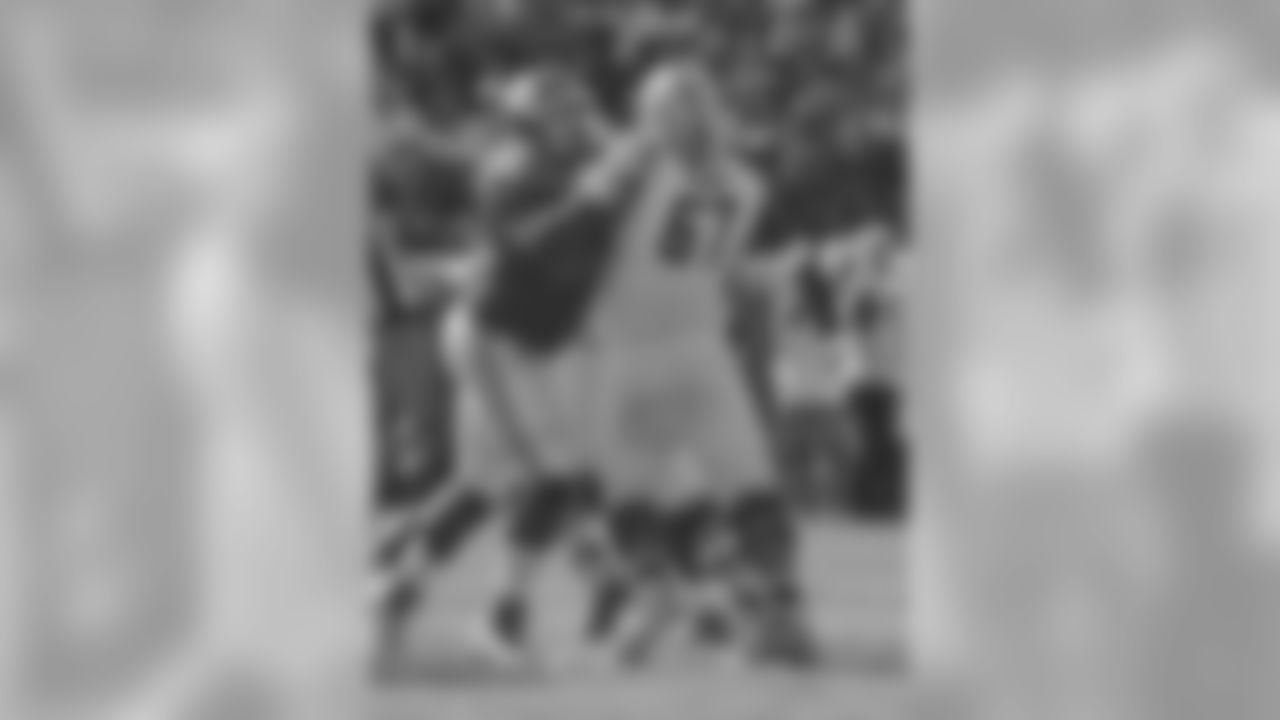
Clemson's Dexter Lawrence battles with Boston College's Aaron Monteiro during the first half of an NCAA college football game Saturday, Sept. 23, 2017, in Clemson, S.C. Clemson won 34-7. (AP Photo/Richard Shiro)

New York Giants defensive tackle Dexter Lawrence (97) during a week 16 football game against the Philadelphia Eagles on Sunday December 26th, 2021 in Philadelphia, Pennsylvania.


DL Dexter Lawrence (97)


DL Dexter Lawrence (97)

DL Dexter Lawrence (97)
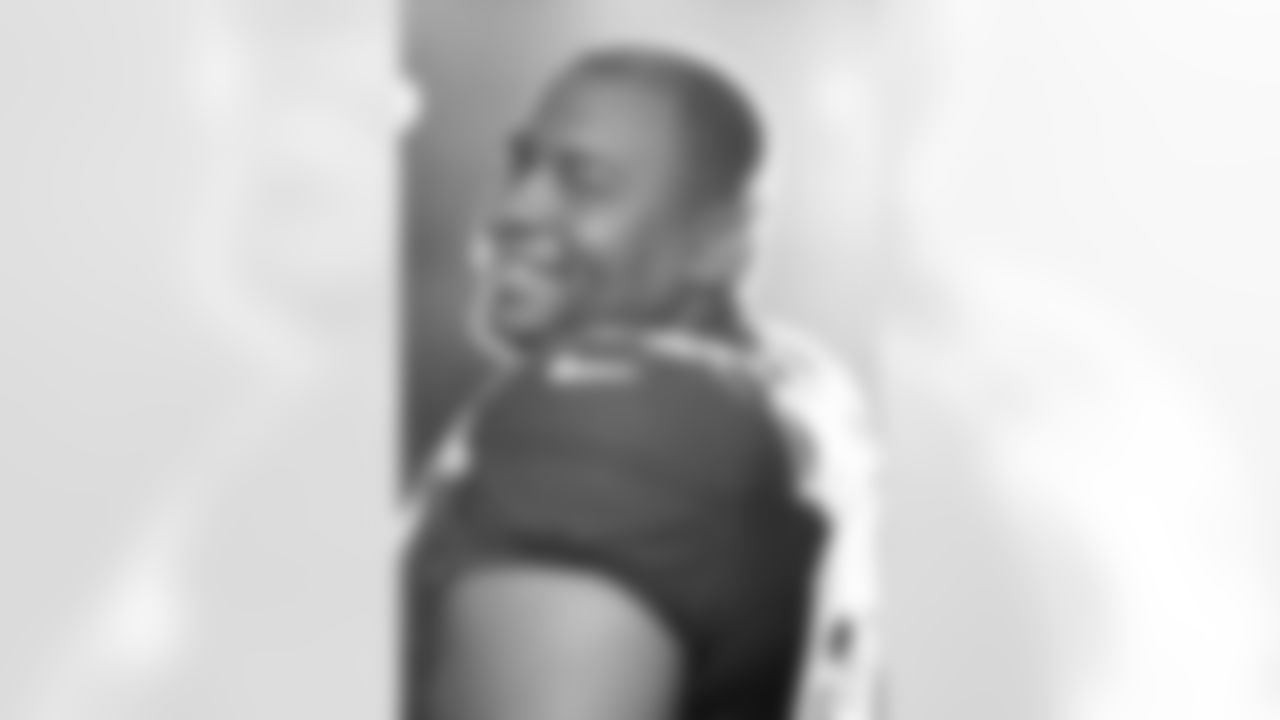
DL Dexter Lawrence (97)
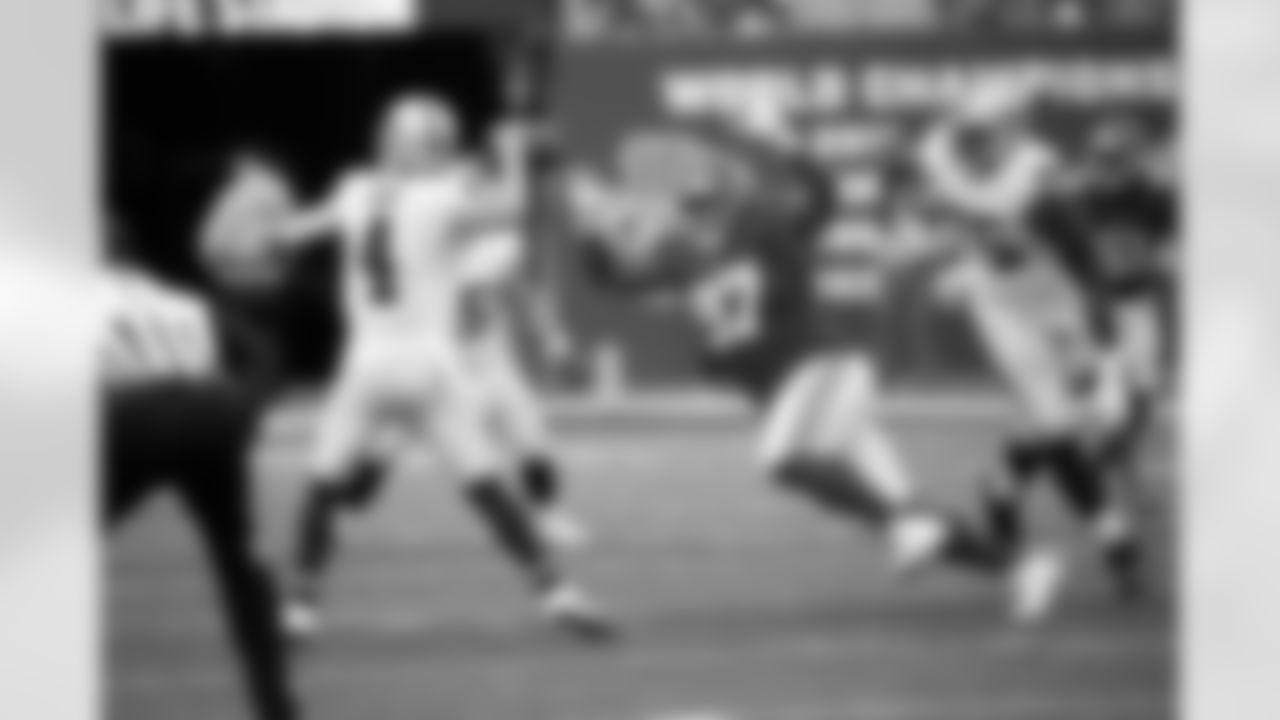
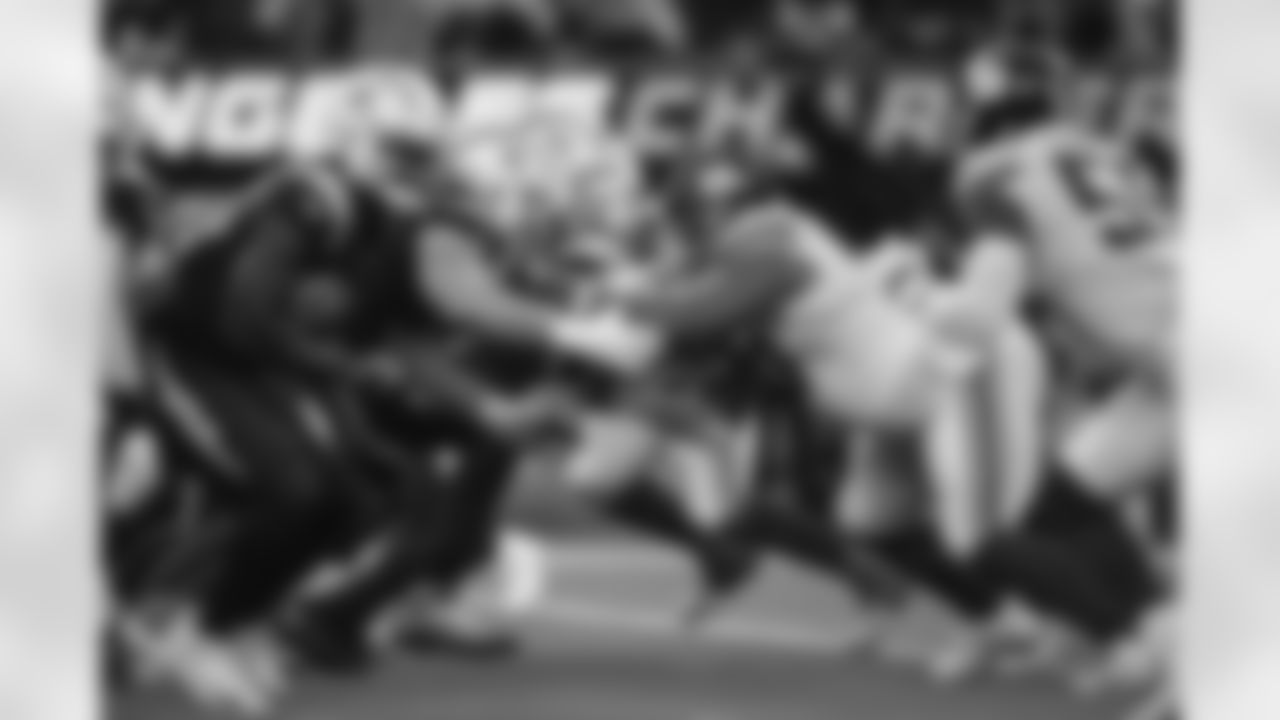
Dexter Lawrence (97)

Dexter Lawrence (97)

DL Dexter Lawrence (97)

Dexter Lawrence (97)

Korey Cunningham (79), Dexter Lawrence (97)

Dexter Lawrence (97)

Dexter Lawrence (97)
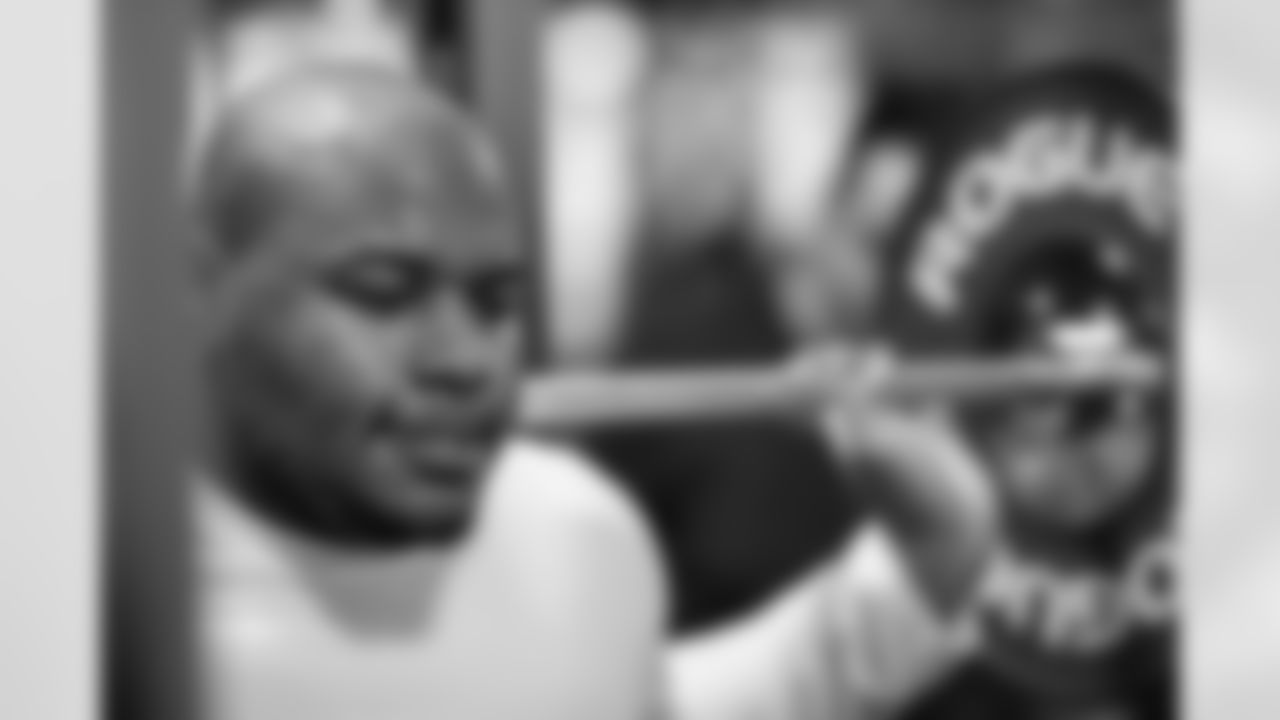
Dexter Lawrence (97)

Dexter Lawrence (97)

Dexter Lawrence (97)

Dexter Lawrence (97)

Dexter Lawrence (97)

Dexter Lawrence (97)

Dexter Lawrence (97)

Dexter Lawrence (97), Leonard Williams (99)

Tae Crowder (48), Leonard Williams (99), Dexter Lawrence (97)

Dexter Lawrence (97)

Dexter Lawrence (97)

Dexter Lawrence (97)

Dexter Lawrence (97)

Dexter Lawrence (97)

Dexter Lawrence (97)

Dexter Lawrence (97)

Dexter Lawrence (97)

Dexter Lawrence (97)

Dexter Lawrence (97)

Leonard Williams (99), Dexter Lawrence (97)

Dexter Lawrence (97)

Dexter Lawrence (97)

Dexter Lawrence (97)
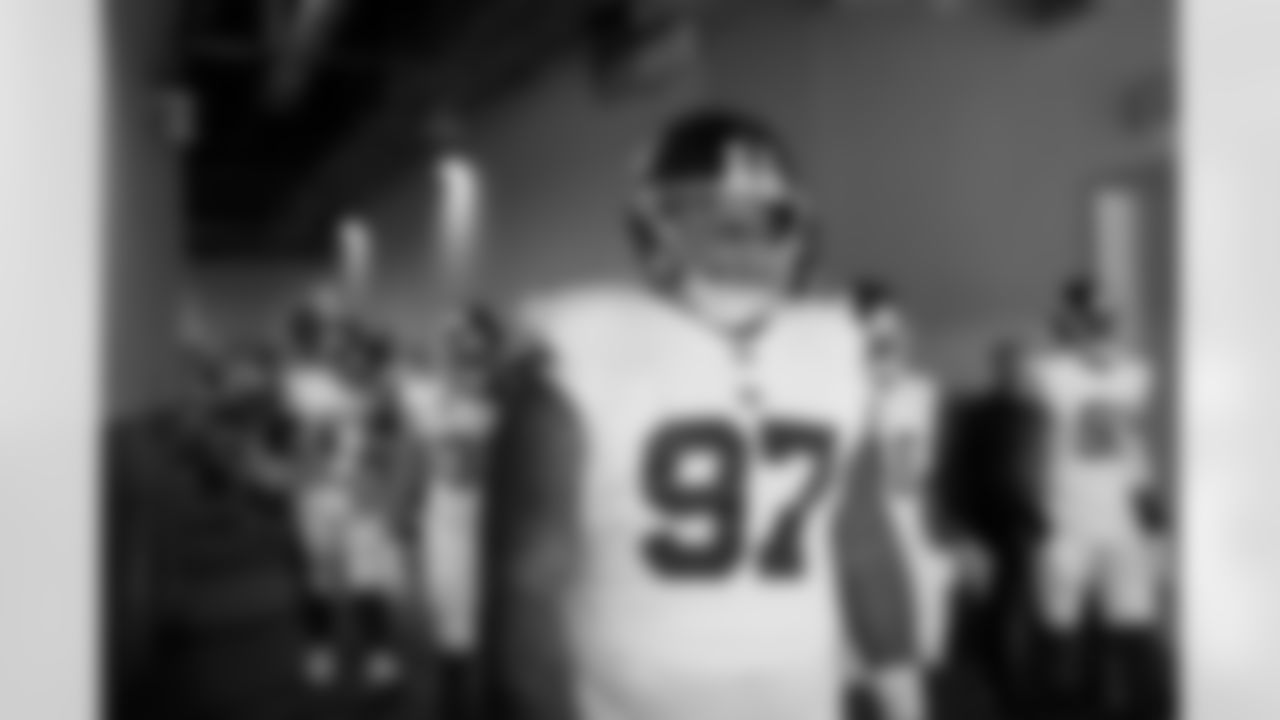
Dexter Lawrence (97)

Dexter Lawrence (97)

Dexter Lawrence (97)

Dexter Lawrence (97)

Dexter Lawrence (97)

New York Giants defensive tackle Dexter Lawrence (97) before a week 1 game against the Denver Broncos on September 12th, 2021 in East Rutherford, New Jersey

New York Giants defensive tackle Dexter Lawrence (97) during a week 13 football game against the Miami Dolphins on Sunday December 5th, 2021 in Miami Gardens, Florida

Jarren Williams (34), Dexter Lawrence (97)

New York Giants defensive tackle Dexter Lawrence (97) celebrates a sack during a week 6 football game against the Los Angeles Rams on Sunday October 17th, 2021 in East Rutherford, New Jersey

New York Giants defensive tackle Dexter Lawrence (97) during a week 15 football game against the Dallas Cowboys on Sunday December 19th, 2021 in East Rutherford, New Jersey

Dexter Lawrence (97), Leonard Williams (99)

New York Giants defensive end Leonard Williams (99) and defensive tackle Dexter Lawrence (97) sack Los Angeles Rams quarterback Matthew Stafford (9) during a week 6 football game on Sunday October 17th, 2021 in East Rutherford, New Jersey

New York Giants defensive tackle Dexter Lawrence (97) talks to his team mates before a week 5 game against the Dallas Cowboys in Arlington, Texas on Sunday October 10th, 2021,

New York Giants defensive tackle Dexter Lawrence (97) during a week 14 football game against the Los Angeles Chargers on Sunday, December 12, 2021 in Inglewood, California.

New York Giants defensive tackle Dexter Lawrence (97) during a week 9 football game against the Las Vegas Raiders on Sunday November 8th, 2021 in East Rutherford, New Jersey

New York Giants defensive tackle Dexter Lawrence (97) during a week 11 football game against the Tampa Bay Buccaneers on Monday November 22nd, 2021 in Tampa, Florida

New York Giants defensive tackle Dexter Lawrence (97) talks to his team mates before a week 5 game against the Dallas Cowboys in Arlington, Texas on Sunday October 10th, 2021,

New York Giants defensive tackle Dexter Lawrence (97) before a week 9 football game against the Las Vegas Raiders on Sunday November 8th, 2021 in East Rutherford, New Jersey

New York Giants defensive tackle Dexter Lawrence (97) dances during a week 7 football game against the Carolina Panthers on Sunday October 24th, 2021 in East Rutherford, New Jersey

New York Giants defensive tackle Dexter Lawrence (97) during a week 7 football game against the Carolina Panthers on Sunday October 24th, 2021 in East Rutherford, New Jersey

New York Giants defensive tackle Dexter Lawrence (97) during a week 12 football game against the Philadelphia Eagles on Sunday November 28th, 2021 in East Rutherford, New Jersey

New York Giants defensive tackle Dexter Lawrence (97) during a week 1 game against the Denver Broncos on September 12th, 2021 in East Rutherford, New Jersey

NT Dexter Lawrence II (97)

NT Dexter Lawrence II (97)


NT Dexter Lawrence II (97)

New York Giants defensive tackle Dexter Lawrence II (97) during a week 8 NFL football game against the New York Jets, Sunday, October 29, 2023 in East Rutherford, New Jersey (Evan Pinkus / New York Giants)

NT Dexter Lawrence II (97)

New York Giants defensive tackle Dexter Lawrence II (97) during a week 6 NFL football game against the Buffalo Bills, Sunday, October 15, 2023 in Orchard Park, New York (Evan Pinkus / New York Giants)

NT Dexter Lawrence II (97), ILB Bobby Okereke (58)

New York Giants defensive tackle Dexter Lawrence II (97) during a week 9 NFL football game against the Las Vegas Raiders, Sunday, November 5, 2023 in Las Vegas, Nevada, (Evan Pinkus / New York Giants)

New York Giants defensive tackle Dexter Lawrence II (97) before a week 8 NFL football game against the New York Jets, Sunday, October 29, 2023 in East Rutherford, New Jersey (Evan Pinkus / New York Giants)

New York Giants defensive tackle Dexter Lawrence II (97) during a week 8 NFL football game against the New York Jets, Sunday, October 29, 2023 in East Rutherford, New Jersey (Evan Pinkus / New York Giants)

New York Giants defensive tackle Dexter Lawrence II (97)

OLB Kayvon Thibodeaux (5), NT Dexter Lawrence II (97)




















